


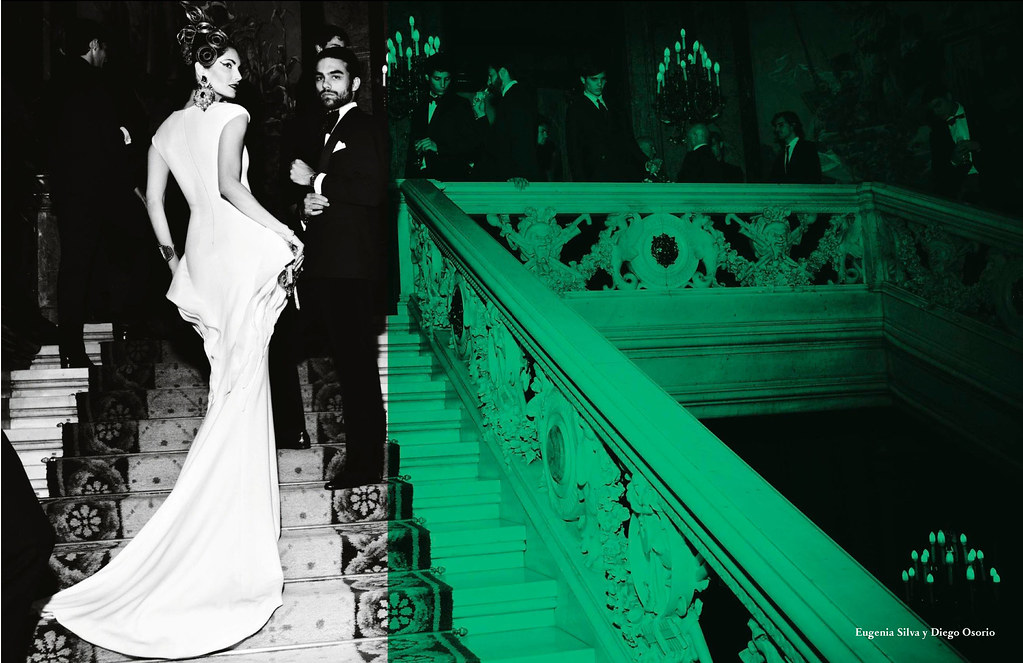
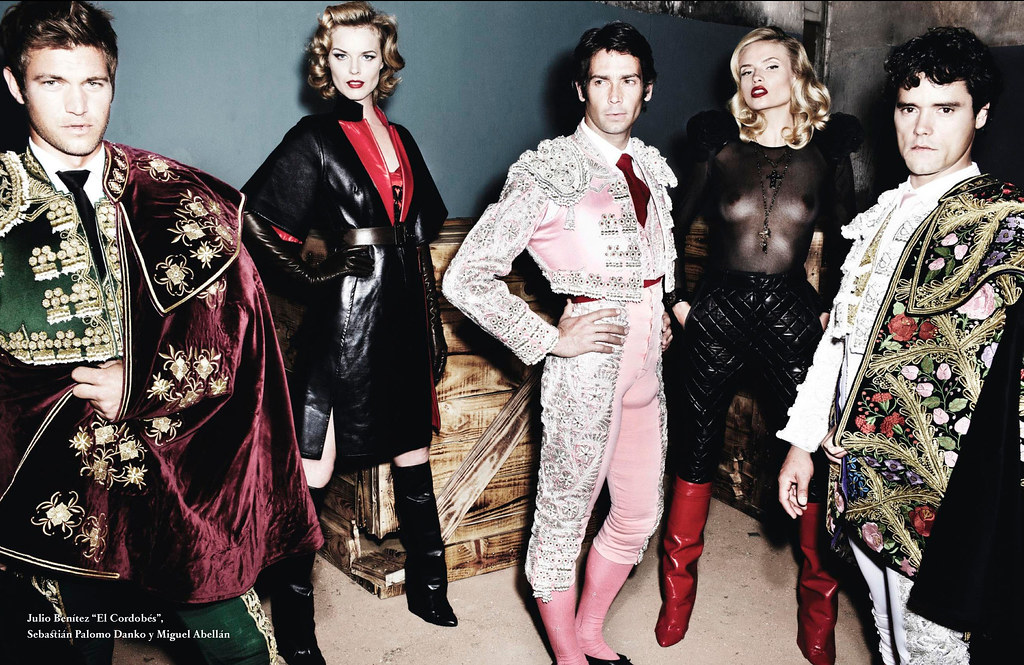

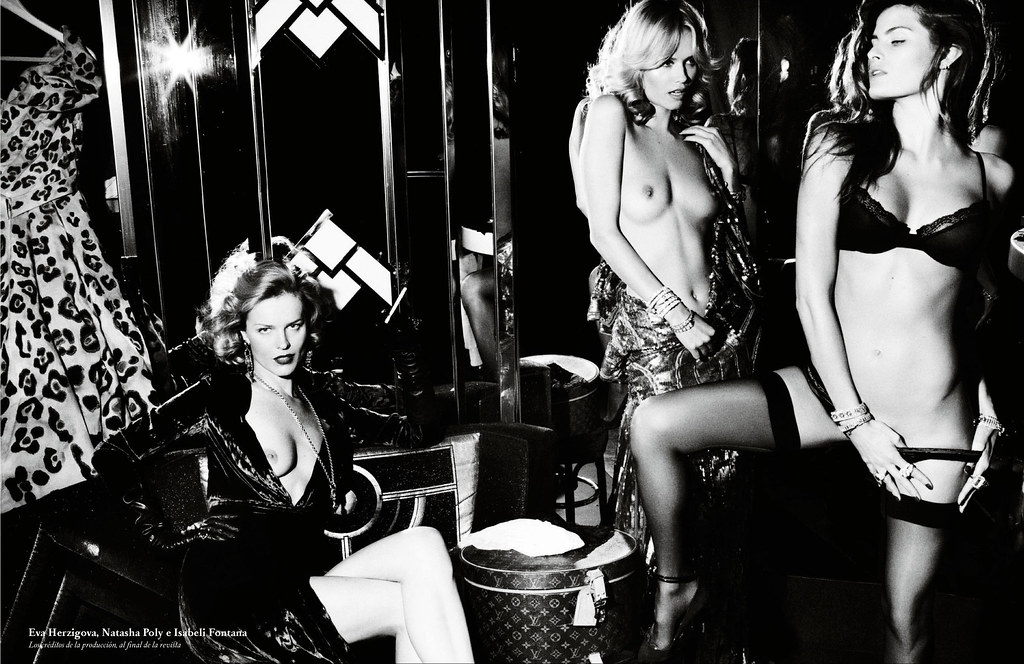
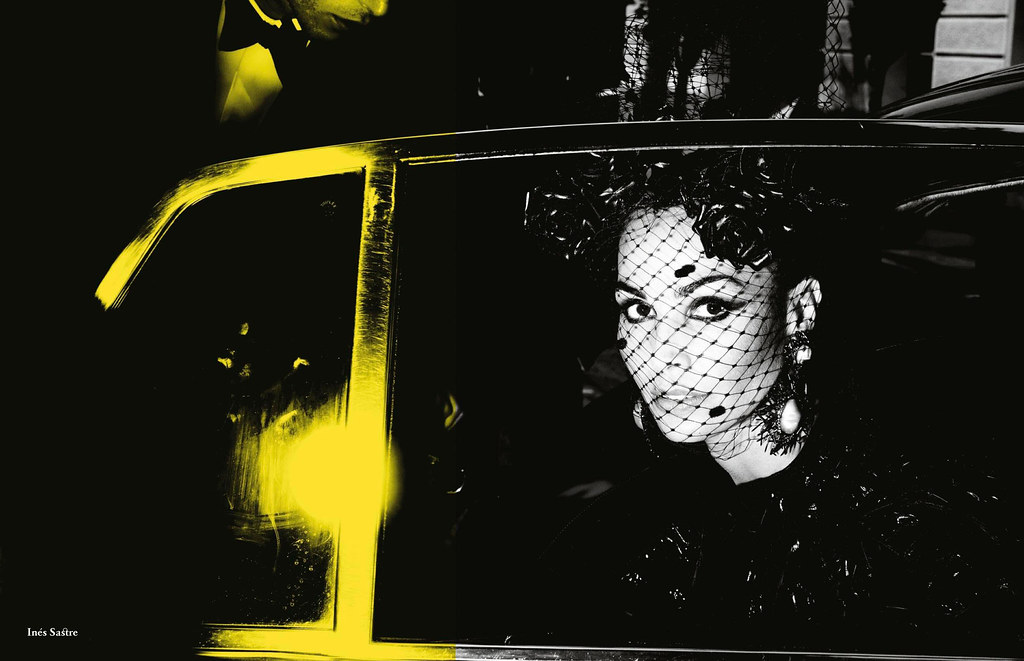
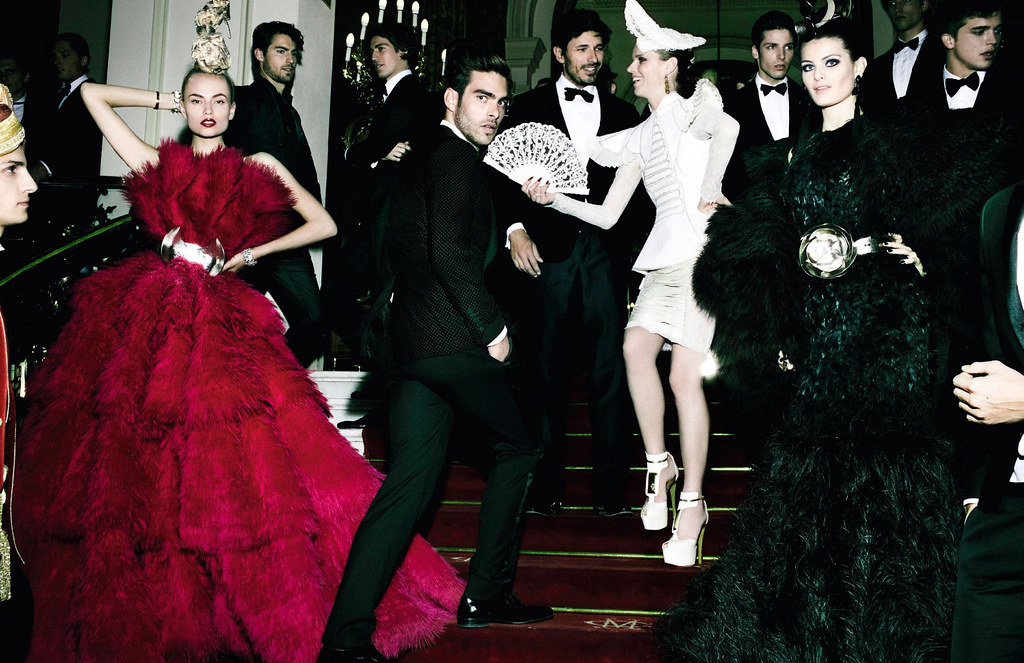

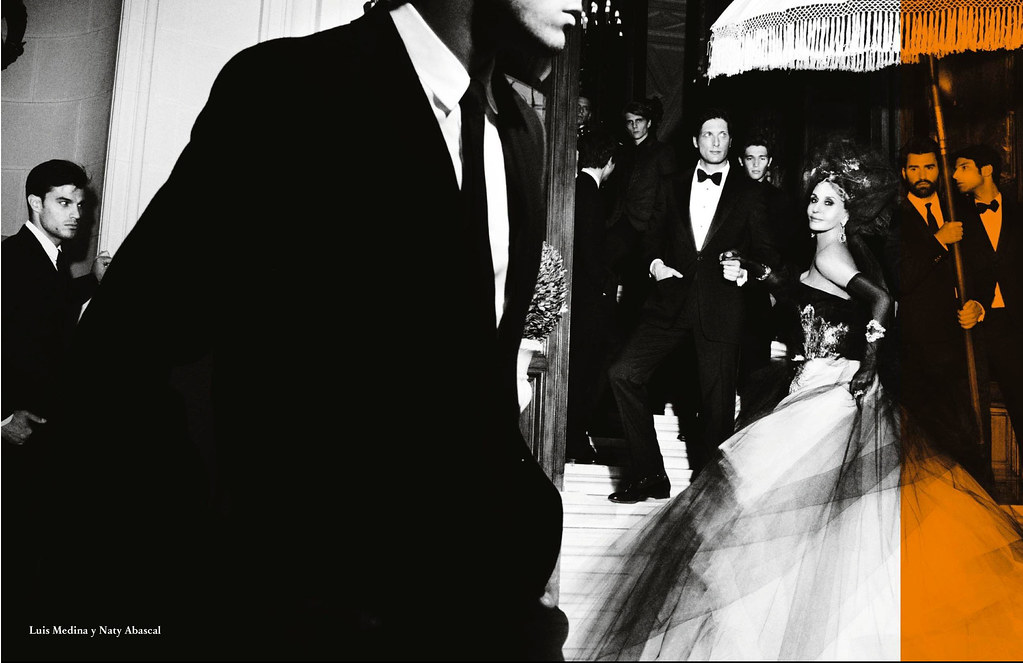

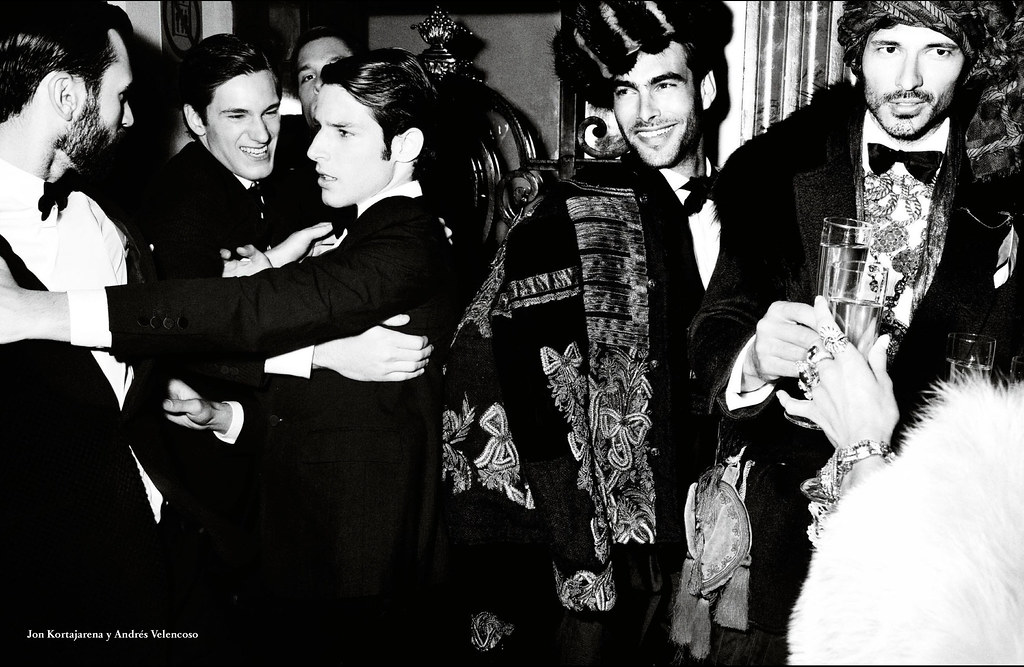
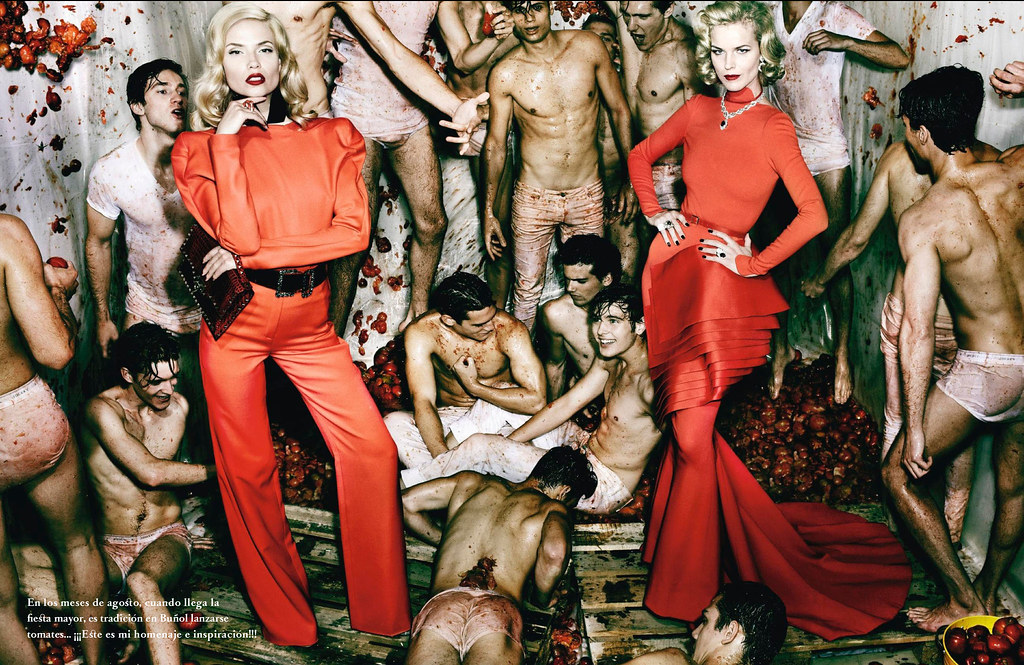


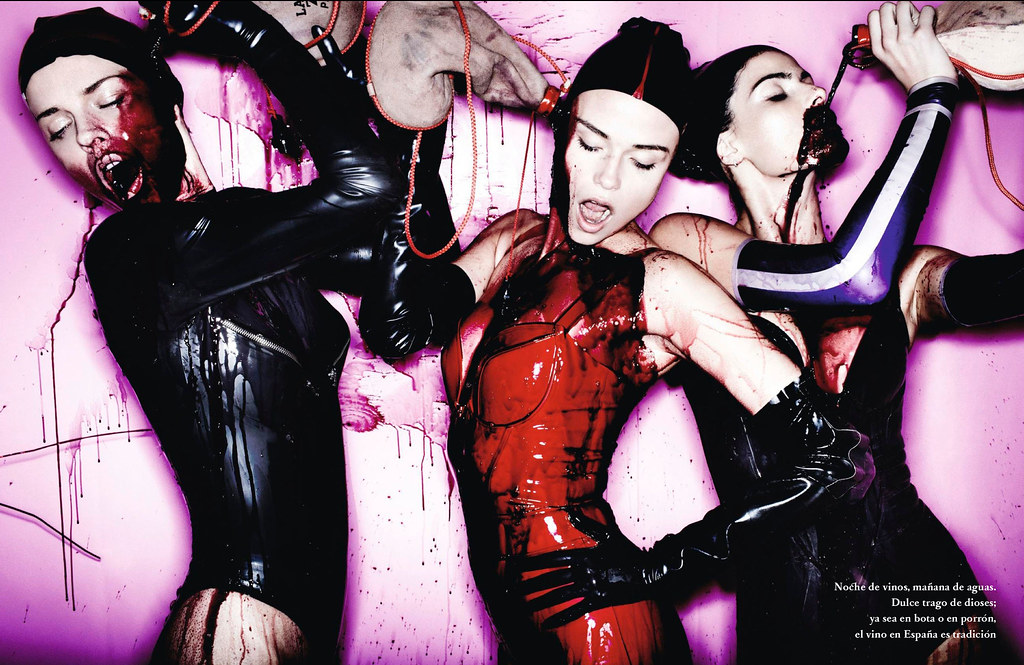

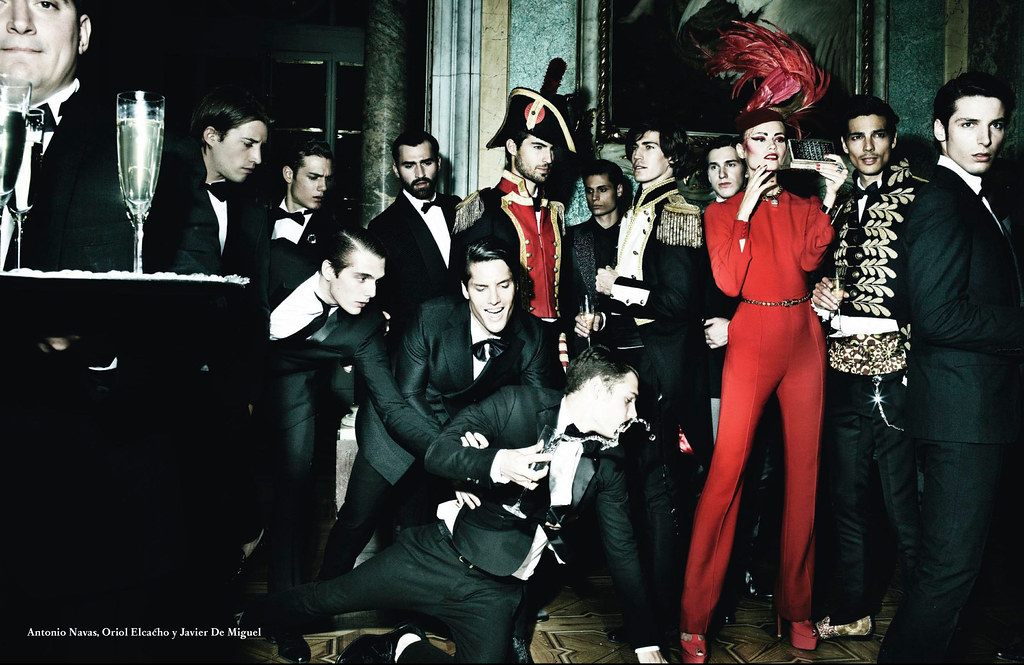
Credit
See full debaucherous editorial here

A blog compiled by Neeve and Claire which tends to feature; screenshots | internet diversions | lens media | fashion | fluorescent lights | maps | extra large google image search | detail shots | dead ends | gold | faux bois | suburbs at night | spotlights | dogs | Russia | Ciara | palm trees | film stills | the aesthetics of rugby | music videos | colour palettes | aerial photography | adornment |
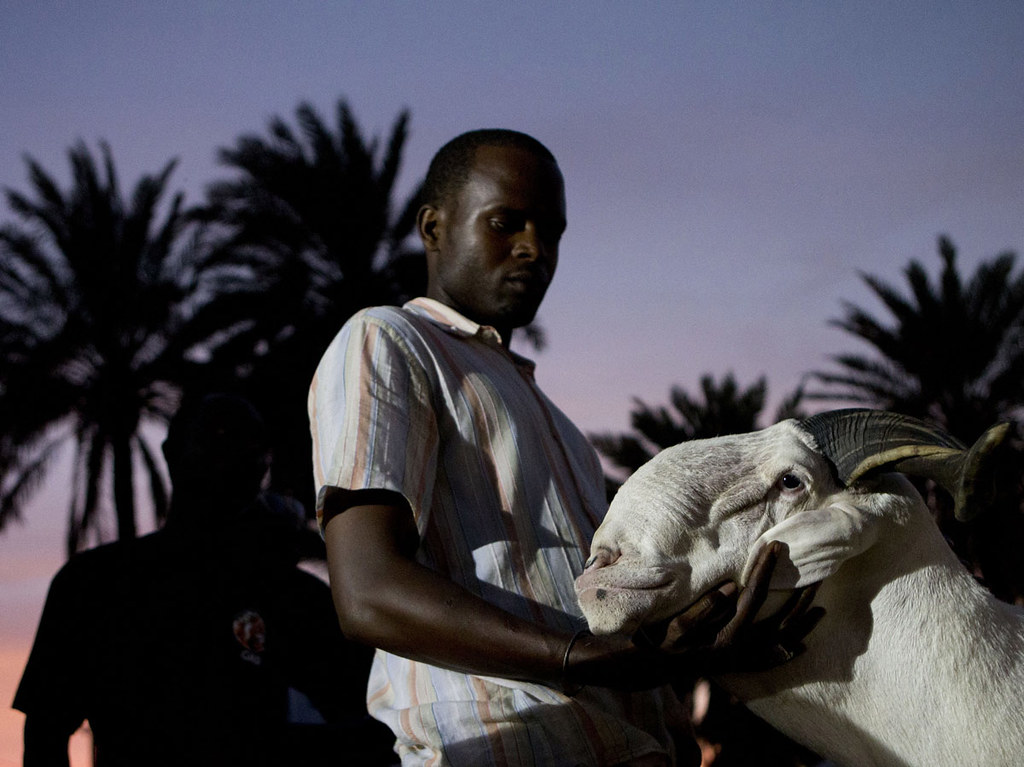 Breeder Pape Dieng massages the head of his ram, Salmane, as judges decide the results of the national final of the televised sheep reality competition Khar Bii, in Dakar, Senegal, on Saturday. Salmane finished third. Image by Rebecca Blackwell. (source)
Breeder Pape Dieng massages the head of his ram, Salmane, as judges decide the results of the national final of the televised sheep reality competition Khar Bii, in Dakar, Senegal, on Saturday. Salmane finished third. Image by Rebecca Blackwell. (source)
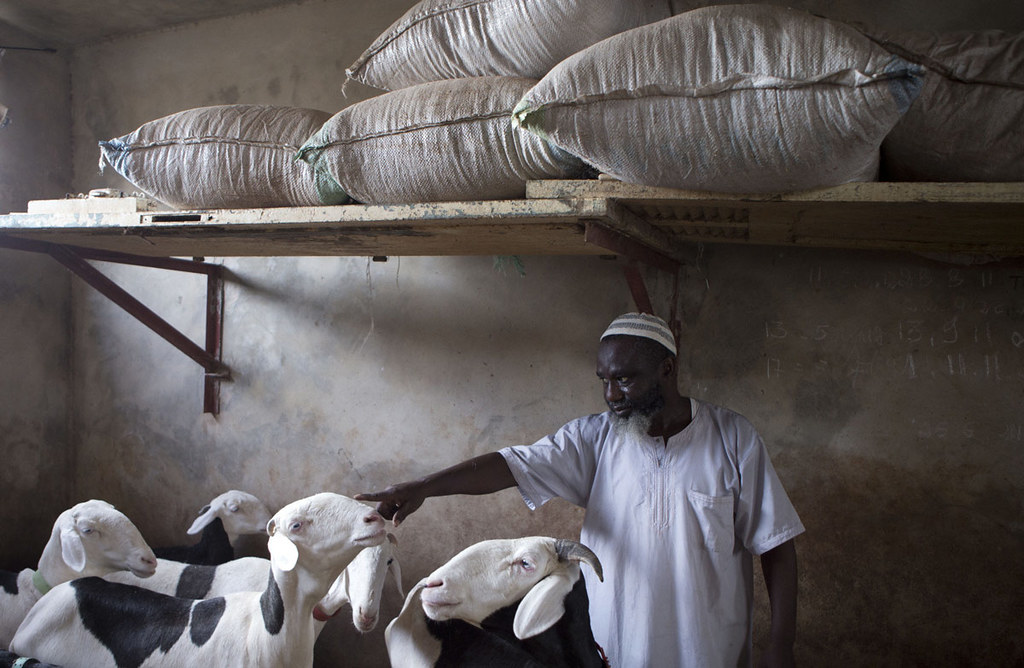 A sheep nuzzles the hand of Ousmane Ndiaye as he explains the pedigree of each of his animals in the sheltered rooftop pens he has specially constructed for them atop his home in Dakar, Senegal. (source)
A sheep nuzzles the hand of Ousmane Ndiaye as he explains the pedigree of each of his animals in the sheltered rooftop pens he has specially constructed for them atop his home in Dakar, Senegal. (source)
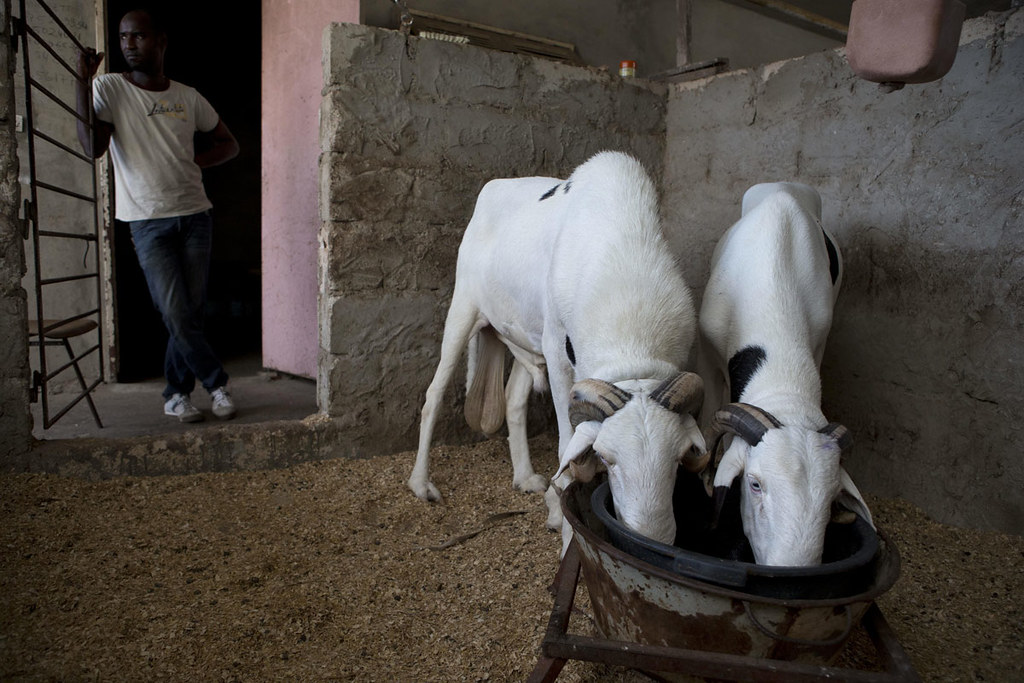
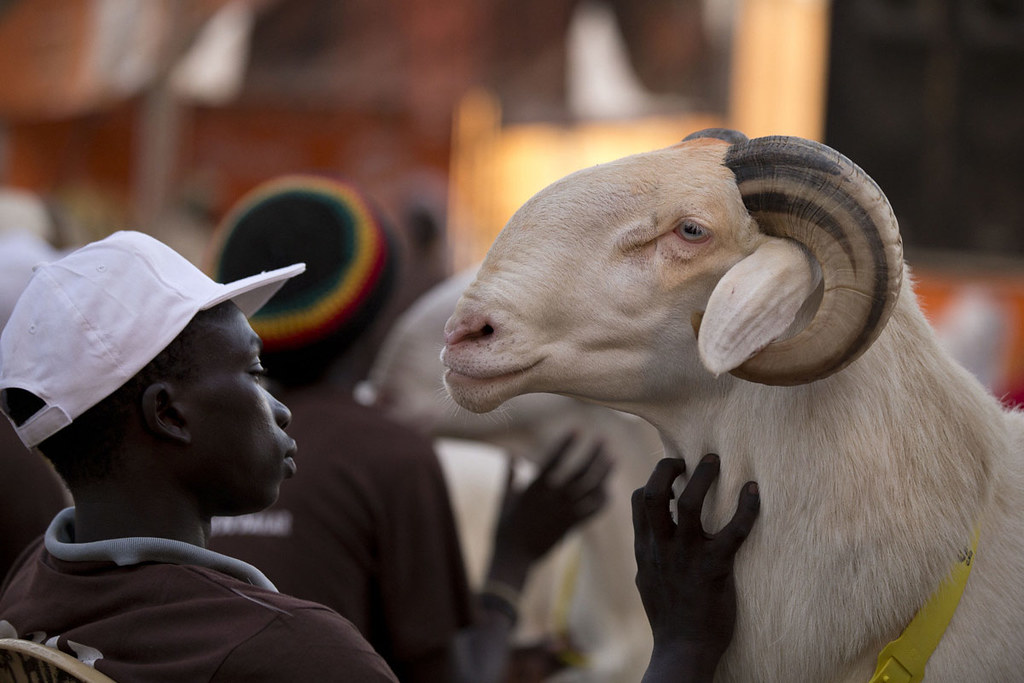 Dogo Ndiaye strokes ram Papis General as competitors await the judges' final decisions, in the Fann area regional final of the Khar Bii competition, in Dakar, Senegal. (source)
Dogo Ndiaye strokes ram Papis General as competitors await the judges' final decisions, in the Fann area regional final of the Khar Bii competition, in Dakar, Senegal. (source)
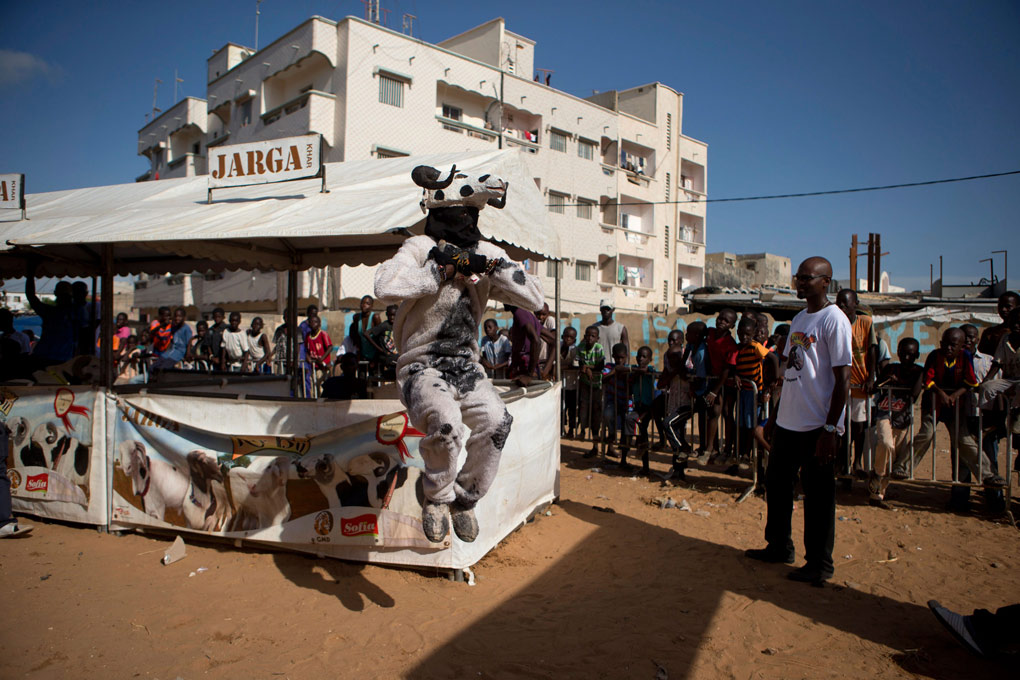
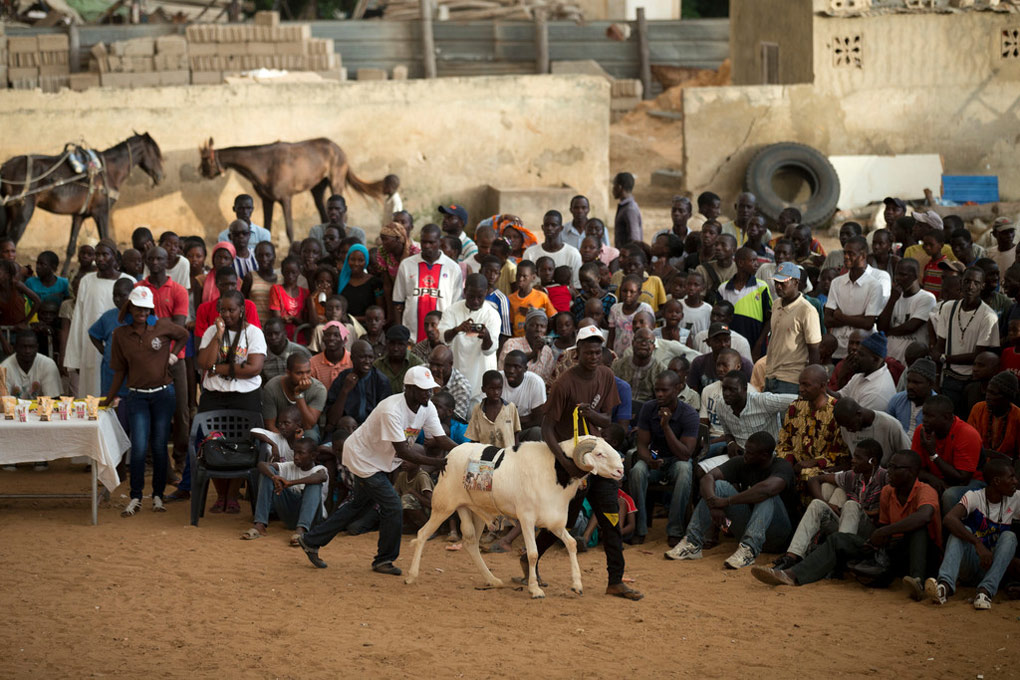 Each ram competing on "Khar Bii" is graded on a series of physical criteria — including up to five points awarded for the symmetry of its testicles and another 5 points possible for the quality of its coat. How well the sheep marches with his owner is another 10 points.
And overall size is key: Papis General Fall at 225 pounds (102 kilograms) failed to advance, and the neighborhood prize went to Alassane — a ram weighing in at 280 pounds (127 kilograms).
Each ram competing on "Khar Bii" is graded on a series of physical criteria — including up to five points awarded for the symmetry of its testicles and another 5 points possible for the quality of its coat. How well the sheep marches with his owner is another 10 points.
And overall size is key: Papis General Fall at 225 pounds (102 kilograms) failed to advance, and the neighborhood prize went to Alassane — a ram weighing in at 280 pounds (127 kilograms).
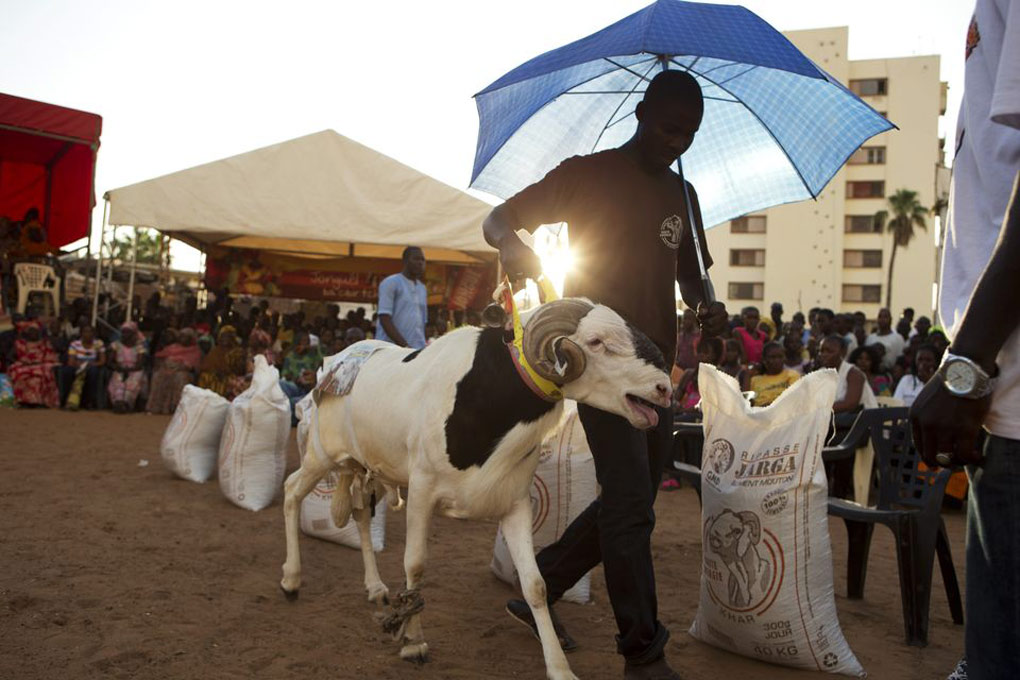
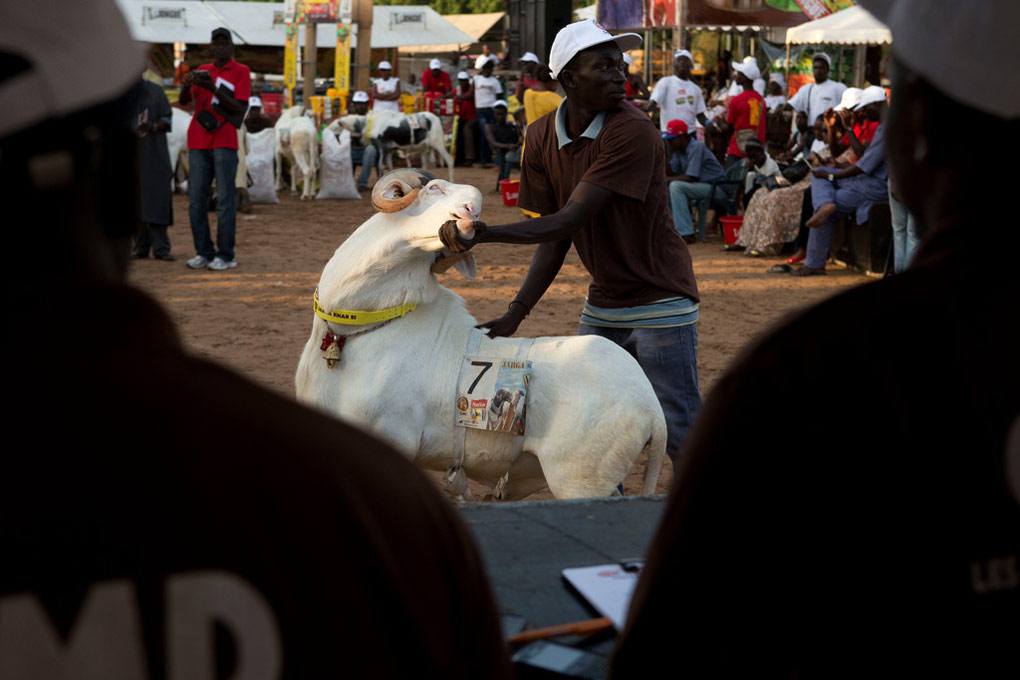
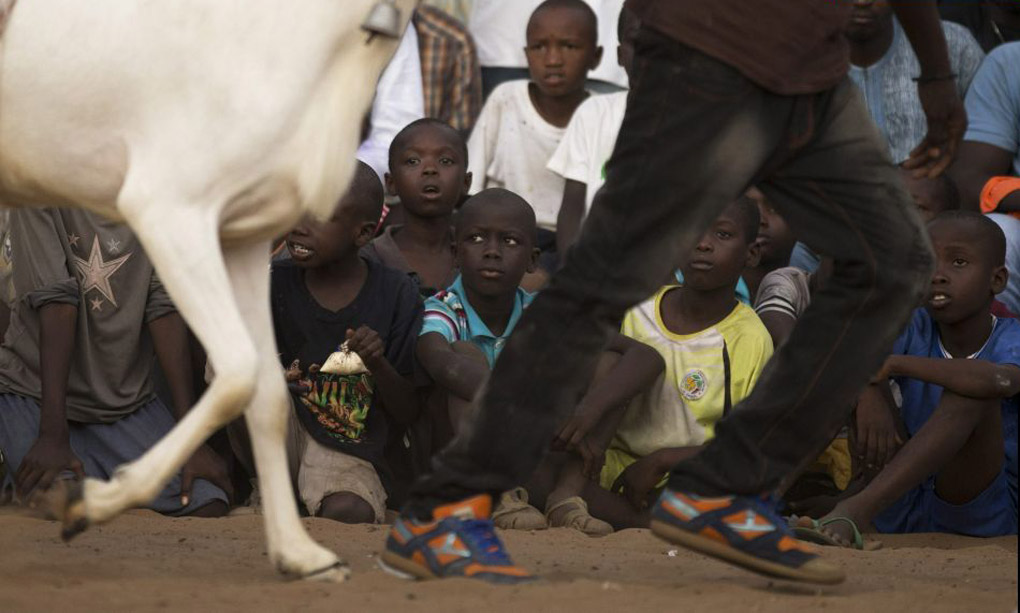
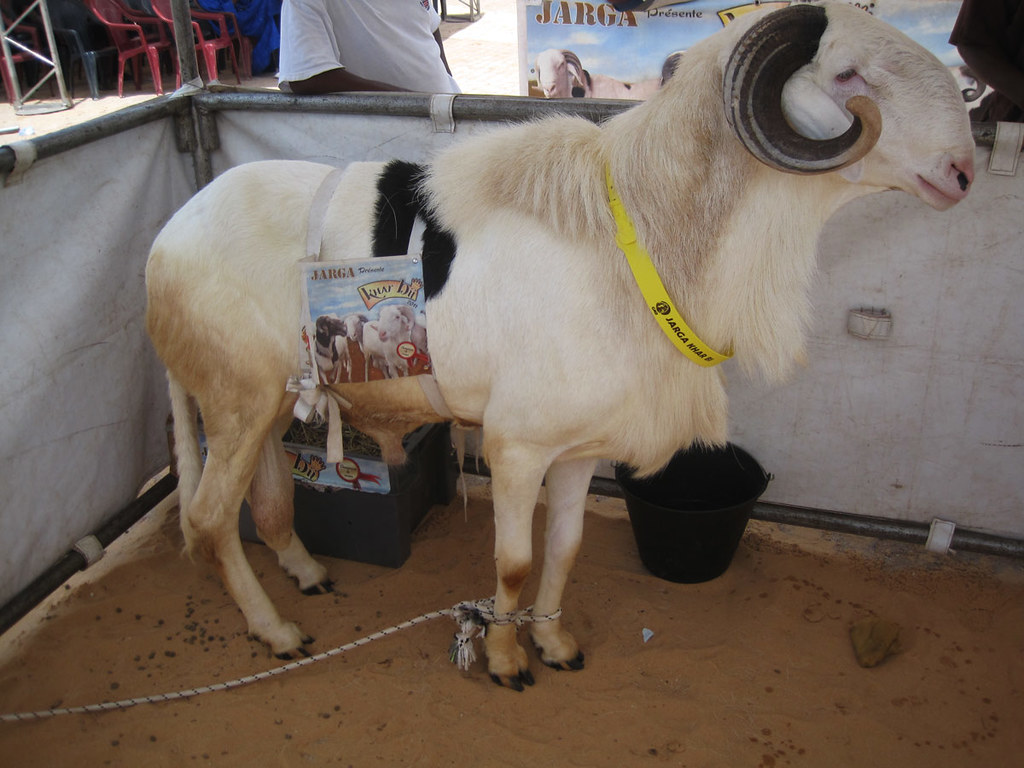
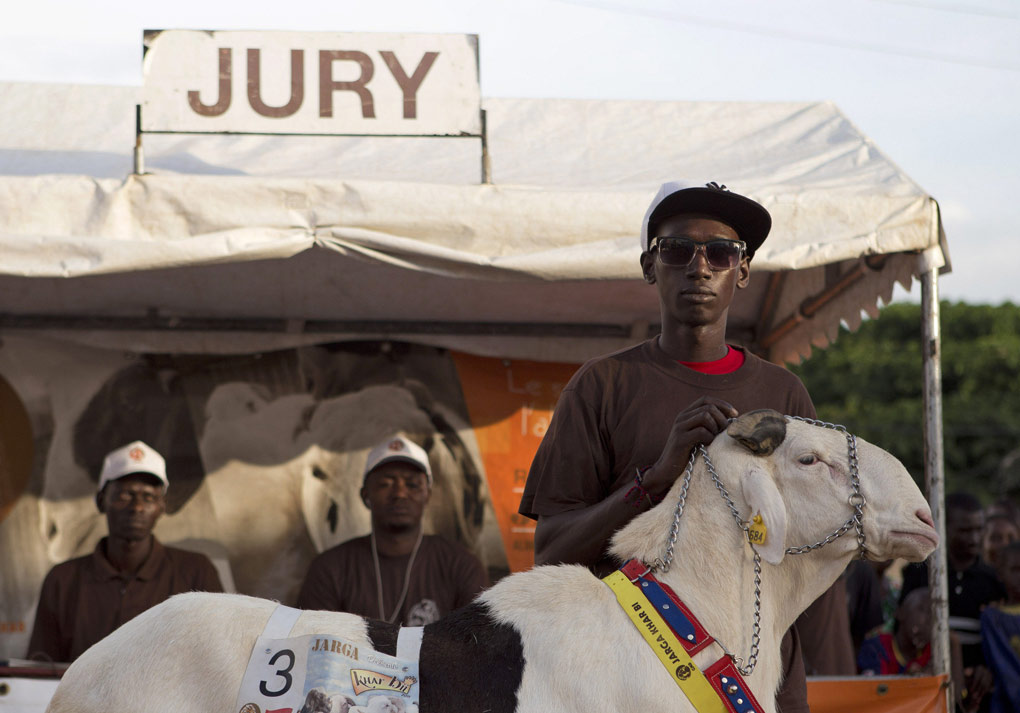 Ma Ibra Diagne presents ram Sall in front of the panel of judges, during the SICAP neighborhood regional final of the Khar Bii competition, in Dakar, Senegal. (source)
Ma Ibra Diagne presents ram Sall in front of the panel of judges, during the SICAP neighborhood regional final of the Khar Bii competition, in Dakar, Senegal. (source)
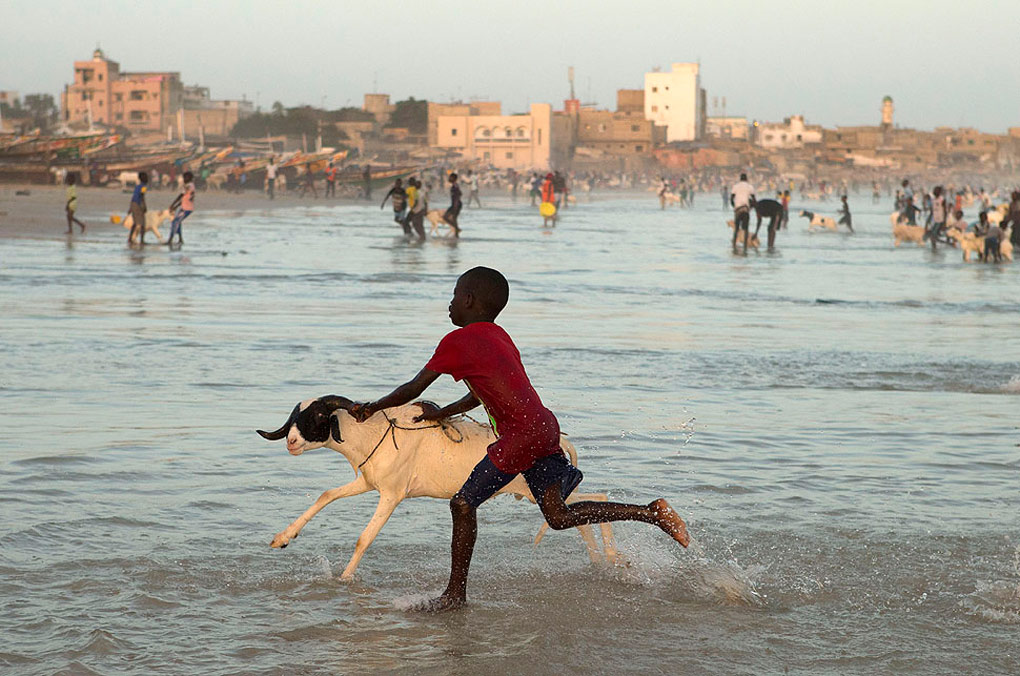 "Many of the rams are bathed lovingly in the waves of the Atlantic Ocean, on the fringes of the capital, Dakar. The sheep are fed the best of everything and proudly paraded up and down the beaches."
"Many of the rams are bathed lovingly in the waves of the Atlantic Ocean, on the fringes of the capital, Dakar. The sheep are fed the best of everything and proudly paraded up and down the beaches."
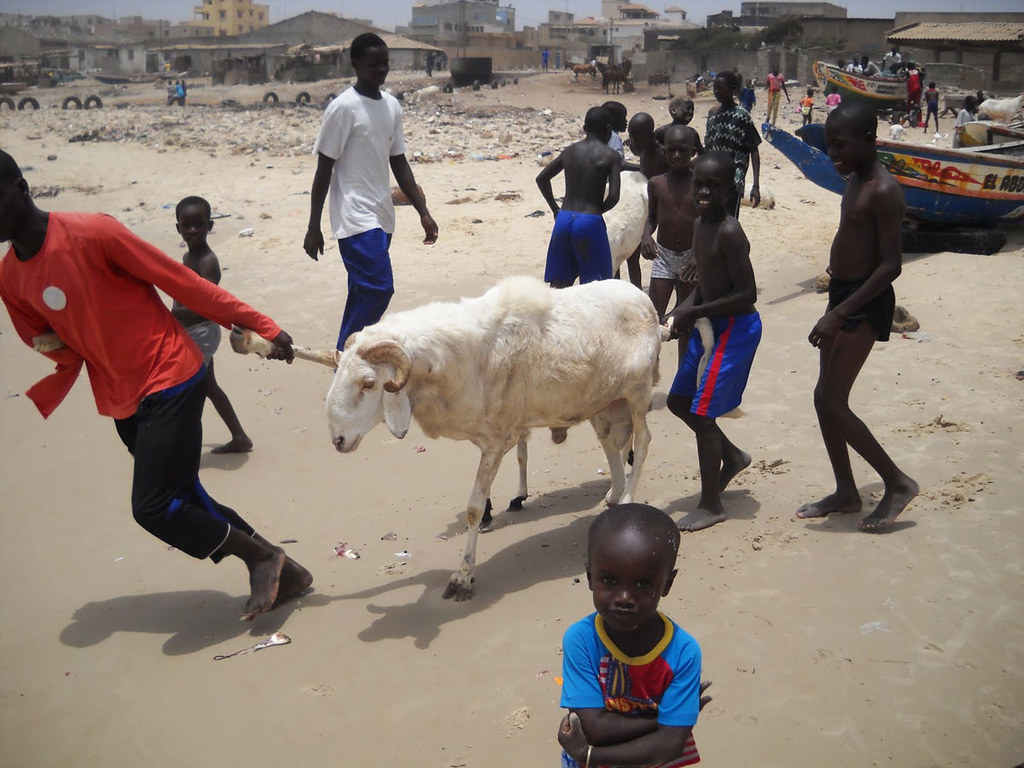 'Sunday is a special day here in Dakar. It’s the day everyone brings their sheep (and there are lot of sheep) to the beach to get a bath. The sheep hate it and do everything to avoid getting wet. The kids love it.' (source)
'Sunday is a special day here in Dakar. It’s the day everyone brings their sheep (and there are lot of sheep) to the beach to get a bath. The sheep hate it and do everything to avoid getting wet. The kids love it.' (source)
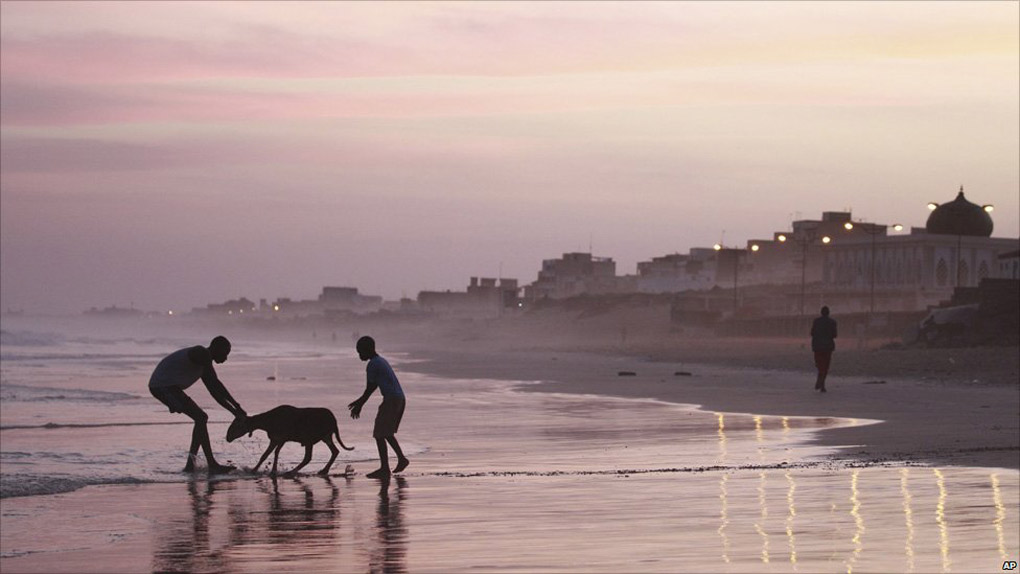
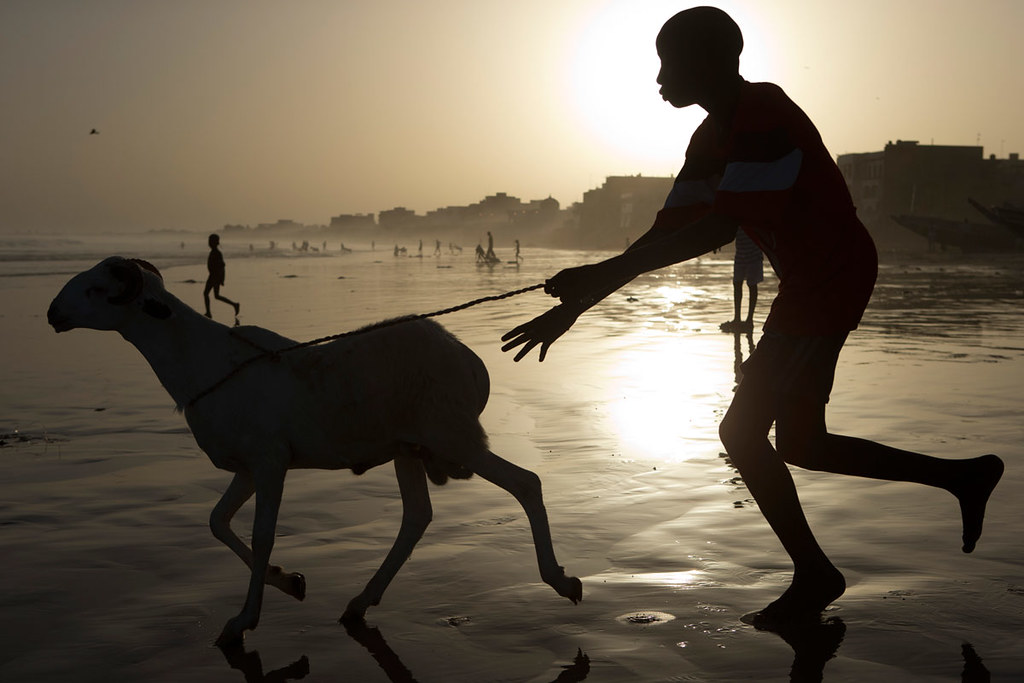 A boy chases a ram into the Atlantic Ocean as residents wash their sheep before sacrifice, in preparation for the Eid al-Adha feast in Dakar, Senegal, Friday, Oct. 26, 2012. The Eid al-Adha festival, known locally as Tabaski, celebrates Abraham's willingness to sacrifice his son.
AP Photo/Rebecca Blackwell (source)
The prized Rams are not usually eaten during the Eid al-Adha festival, but are very popular as studs.
A boy chases a ram into the Atlantic Ocean as residents wash their sheep before sacrifice, in preparation for the Eid al-Adha feast in Dakar, Senegal, Friday, Oct. 26, 2012. The Eid al-Adha festival, known locally as Tabaski, celebrates Abraham's willingness to sacrifice his son.
AP Photo/Rebecca Blackwell (source)
The prized Rams are not usually eaten during the Eid al-Adha festival, but are very popular as studs.

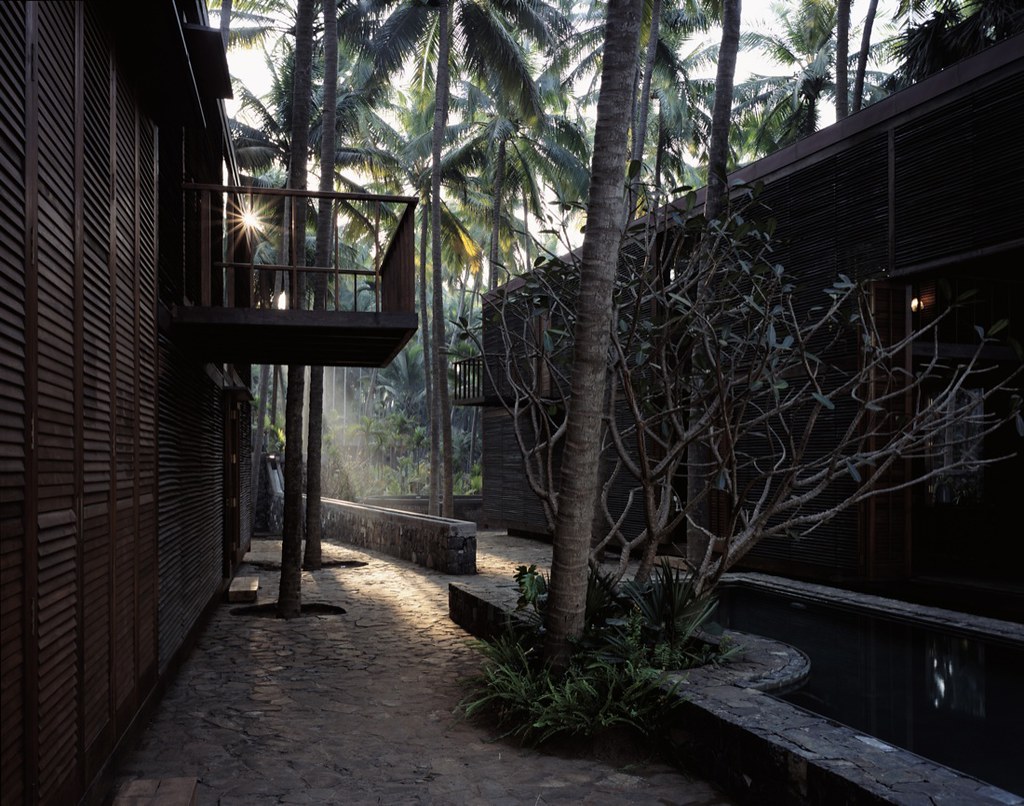
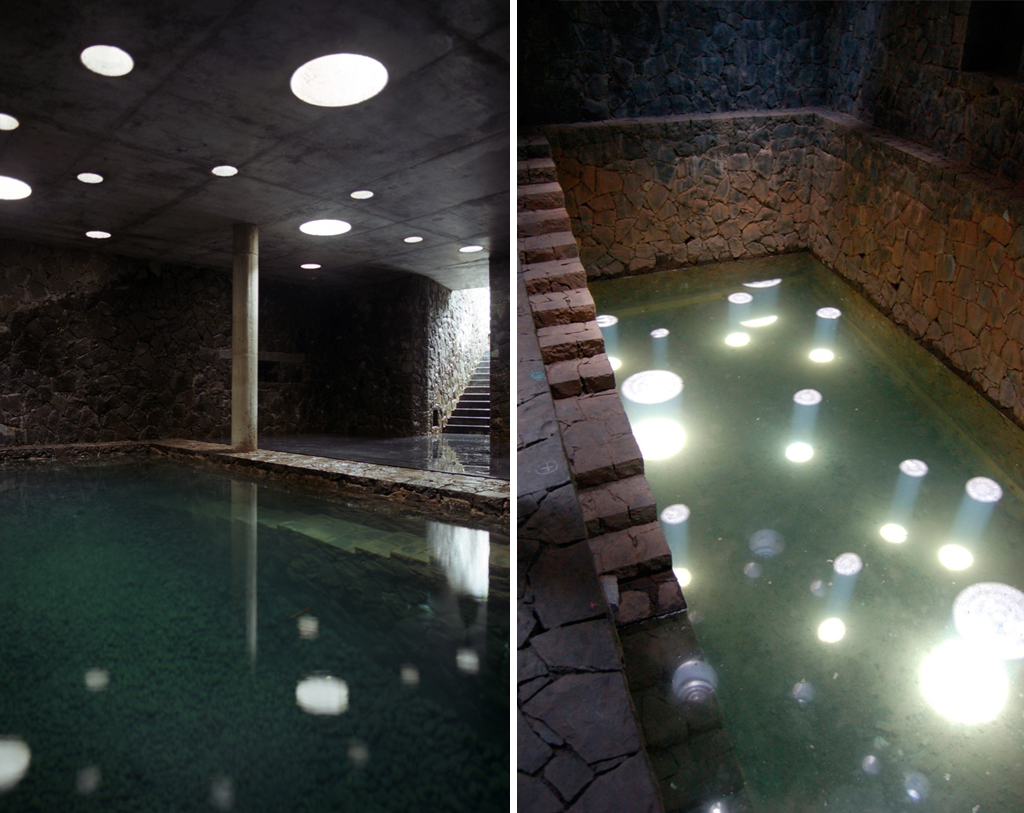
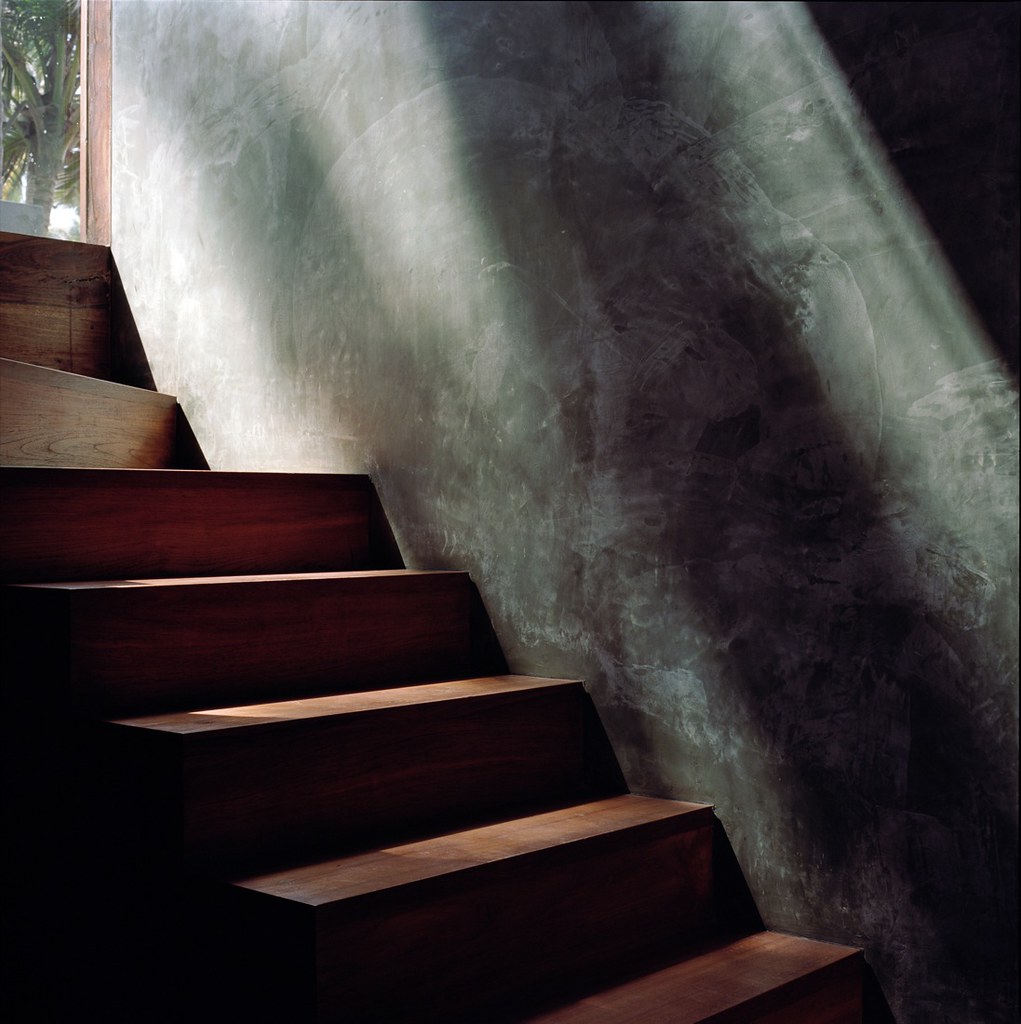

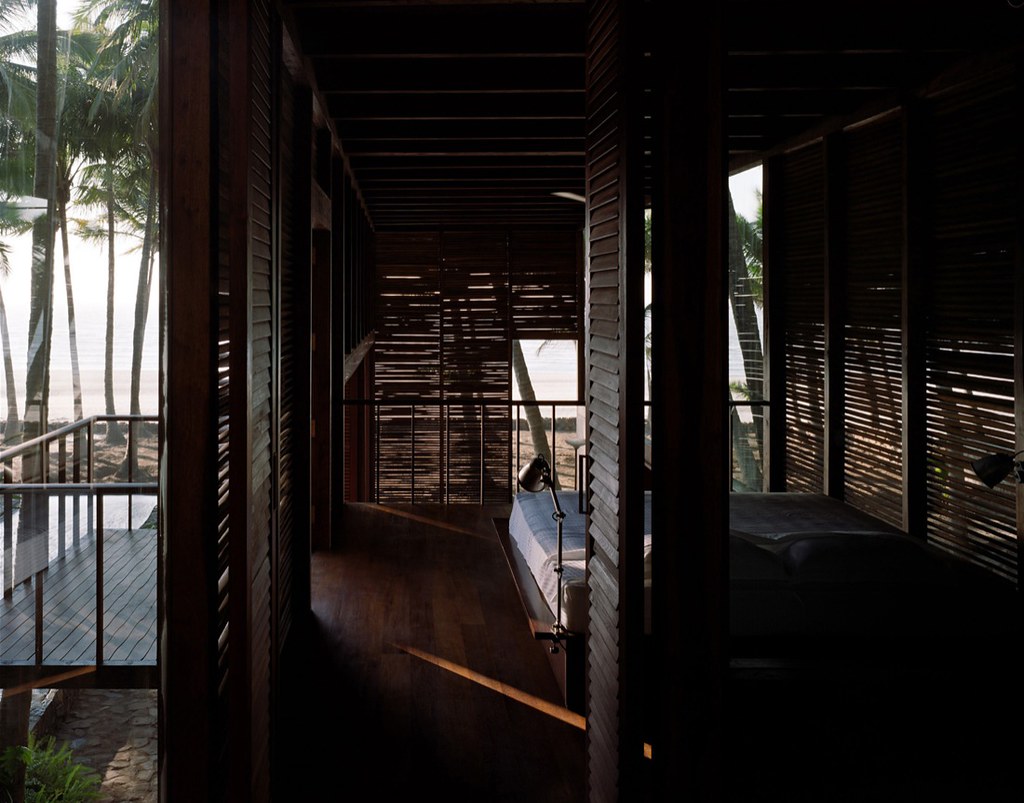
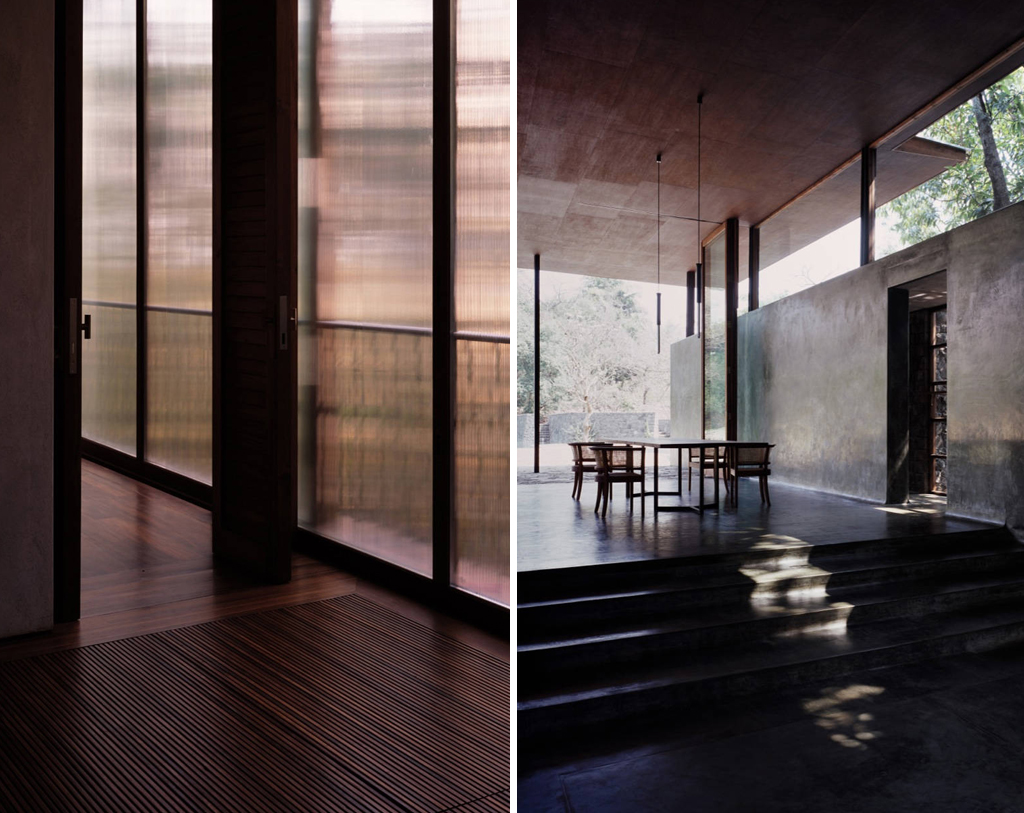
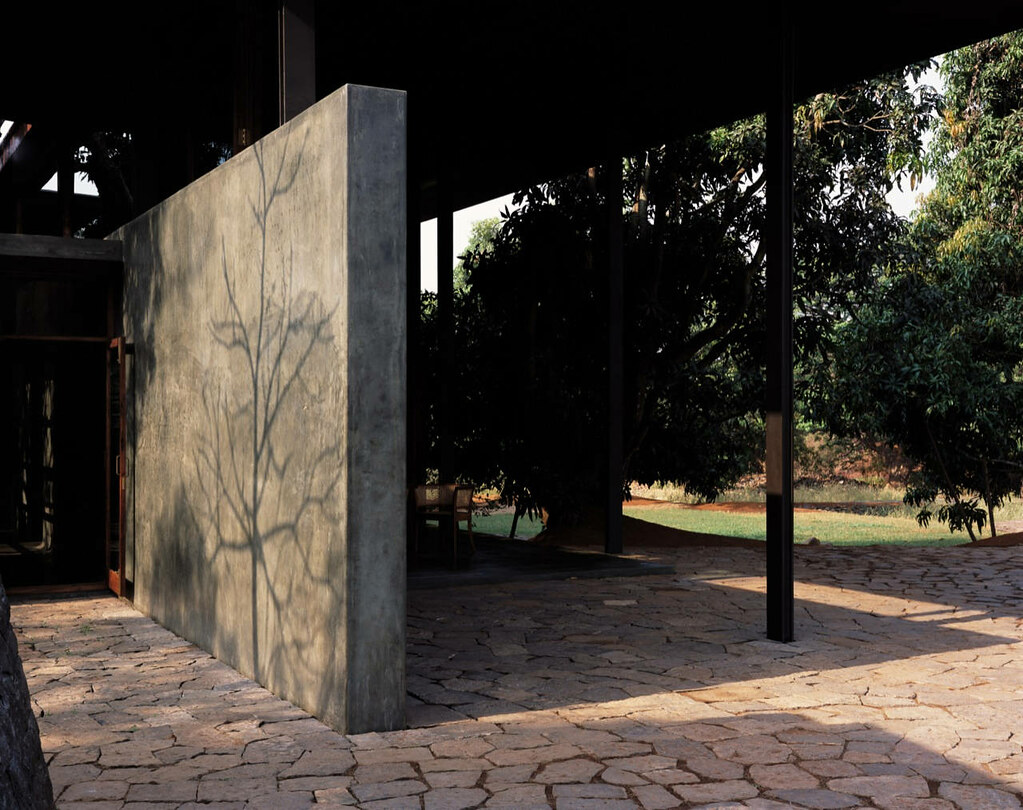
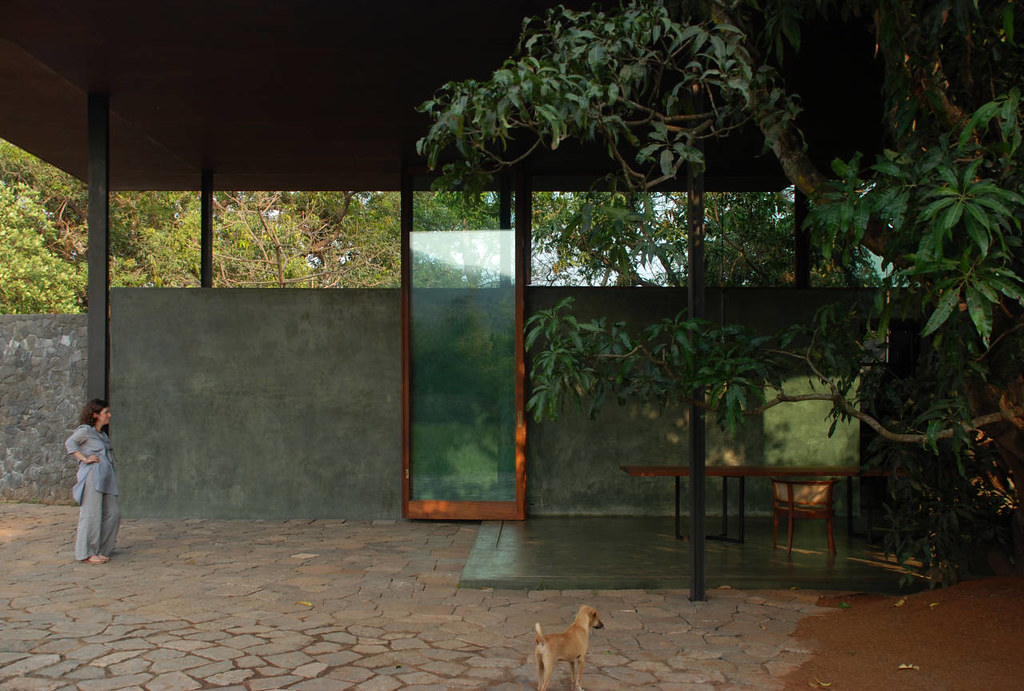
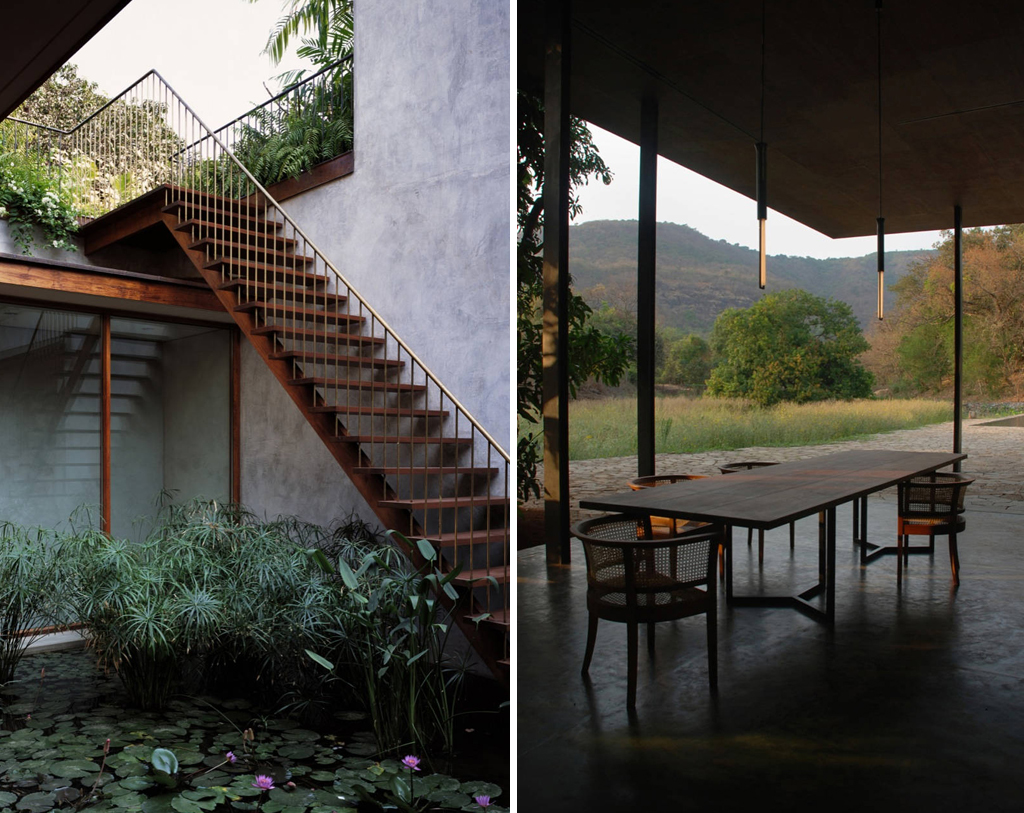
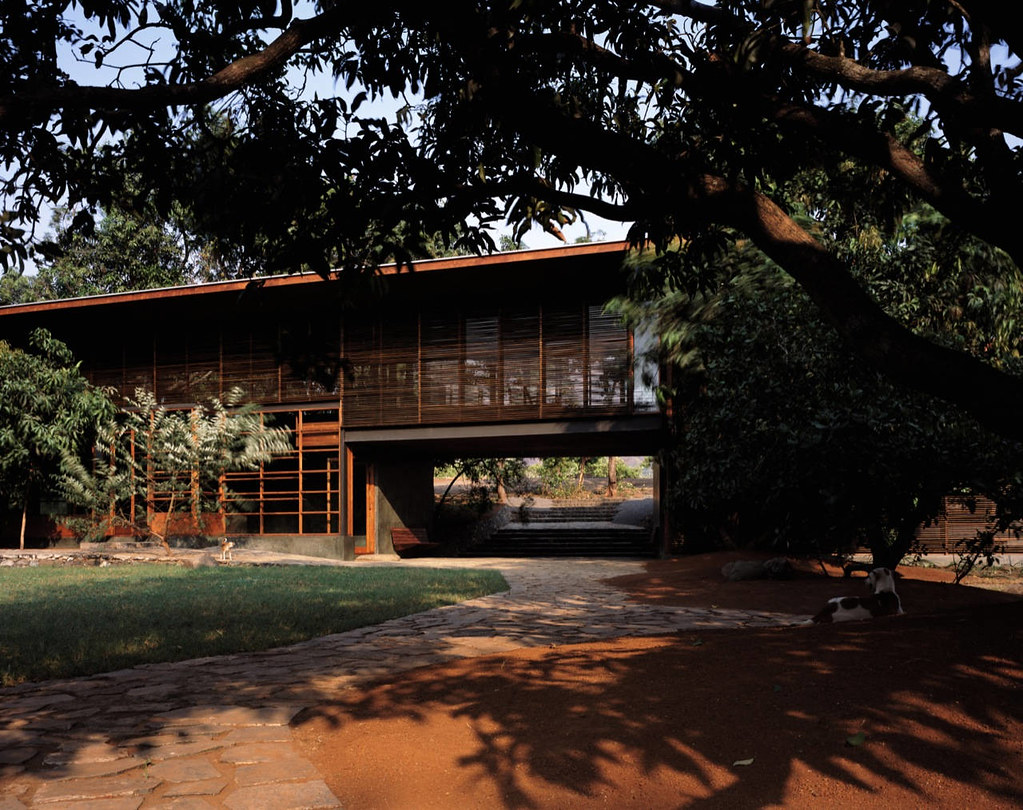
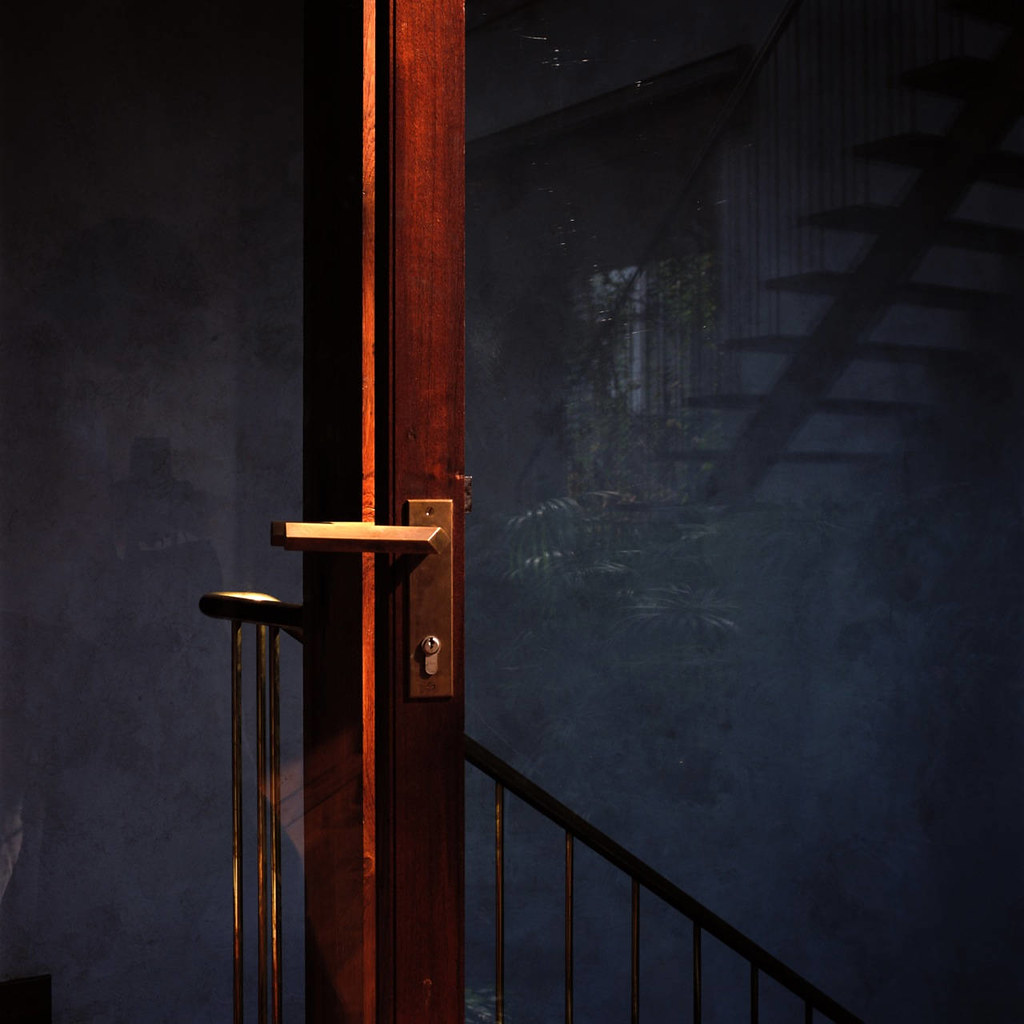
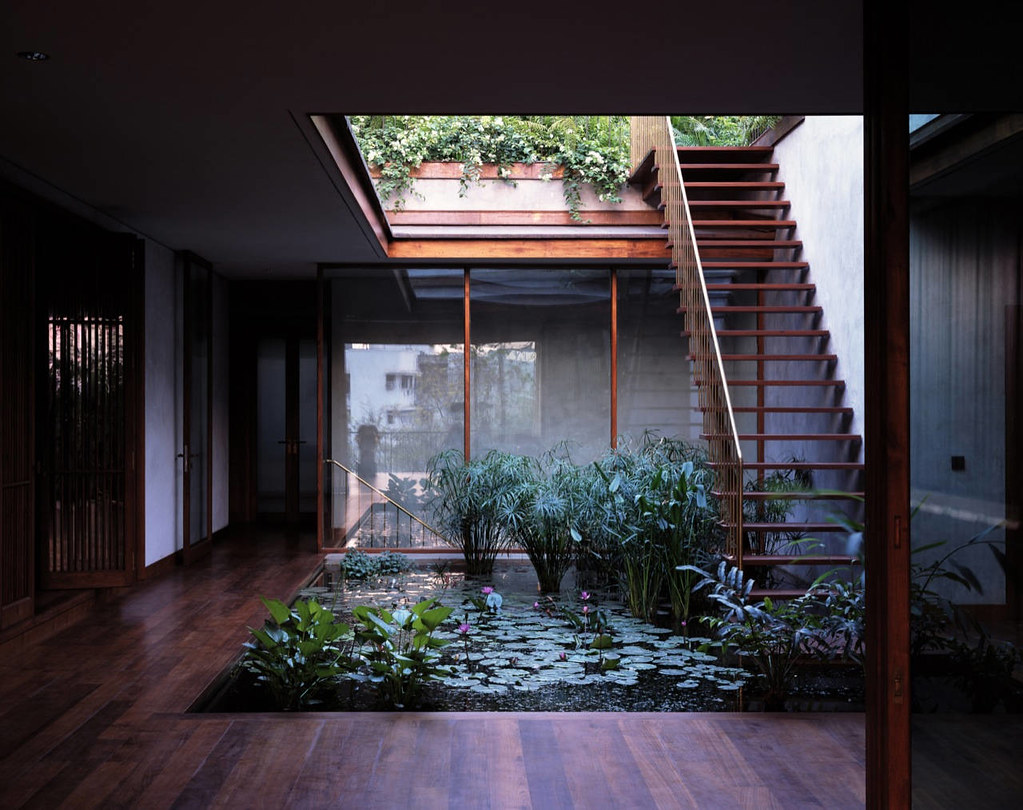
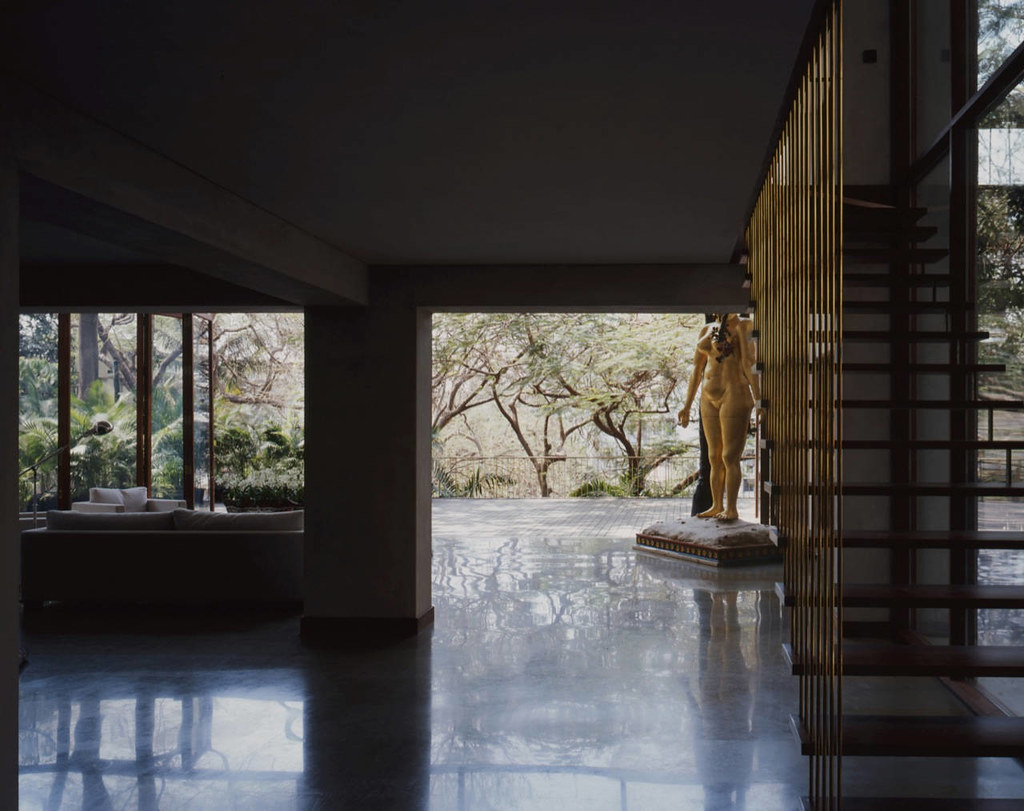
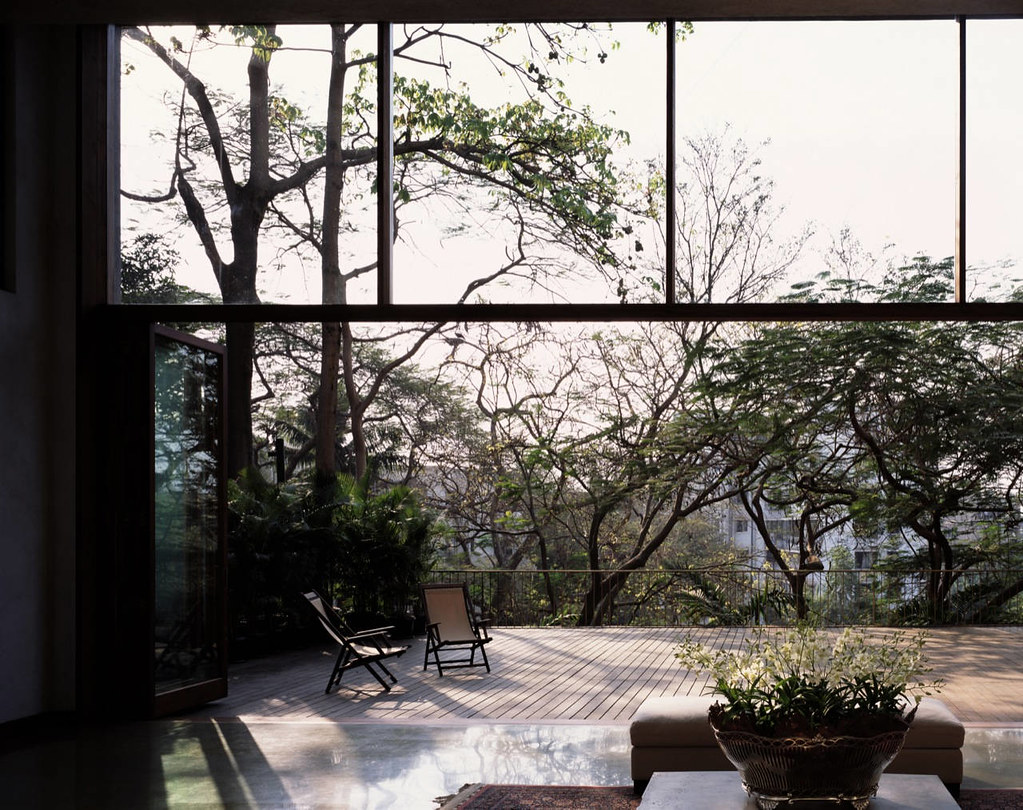
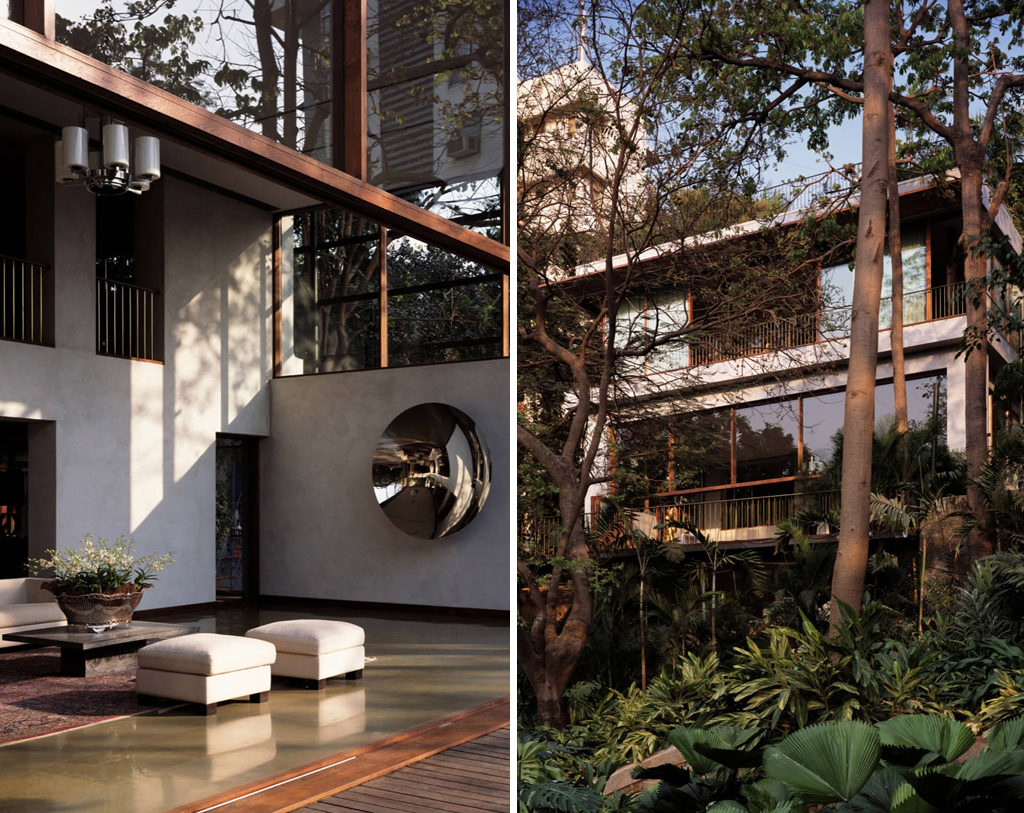

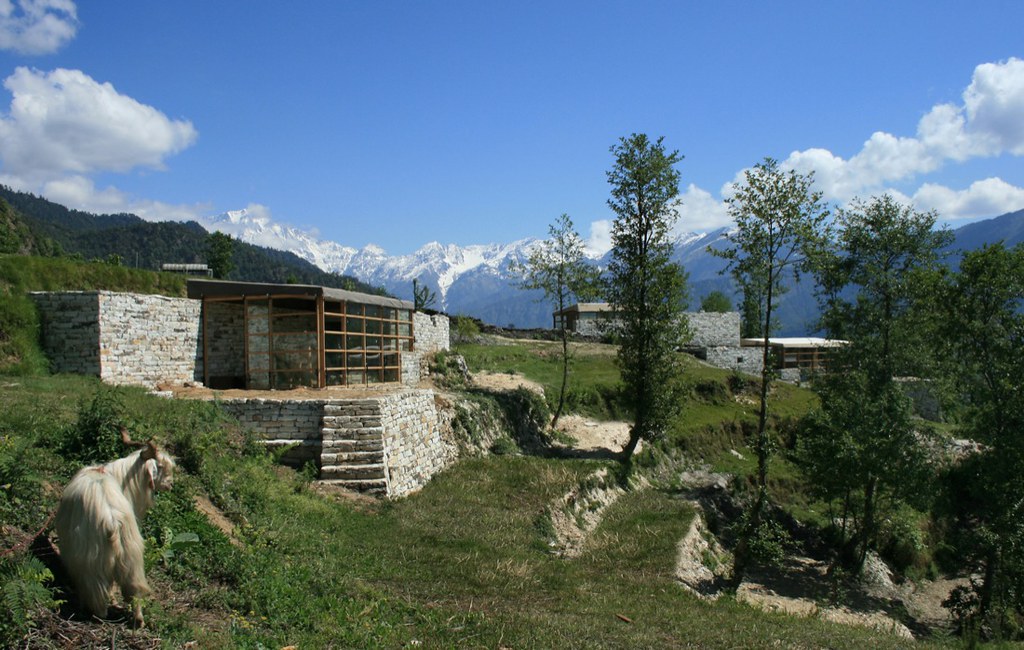


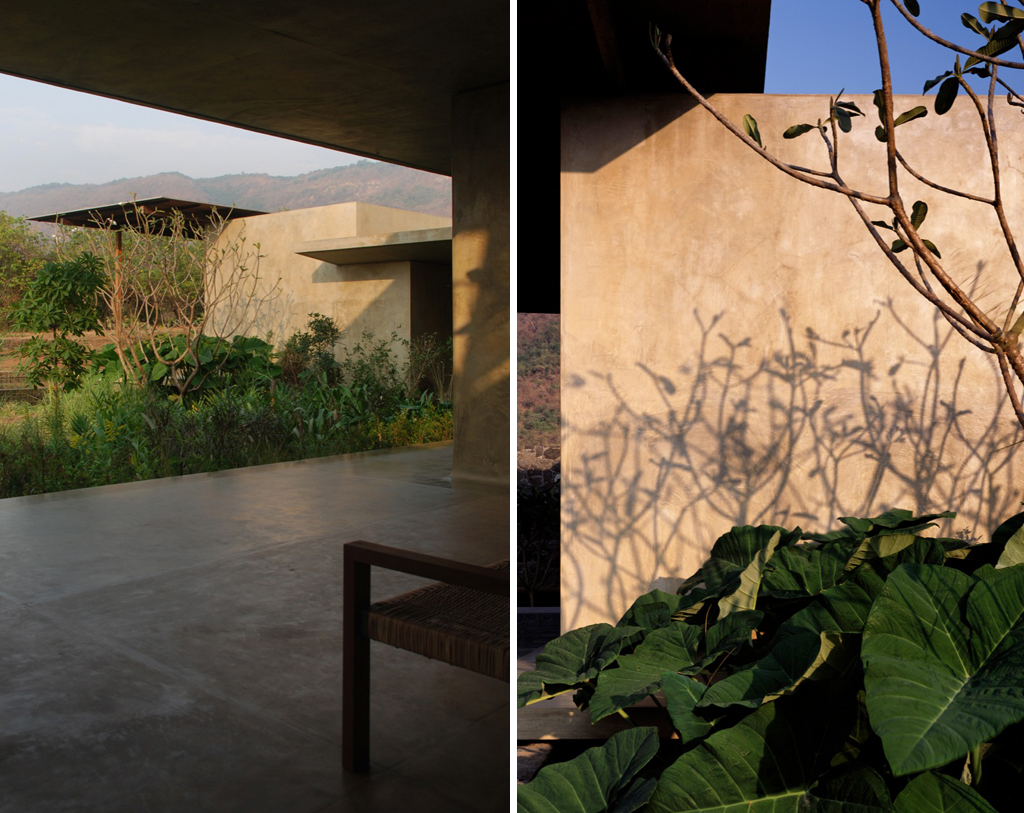
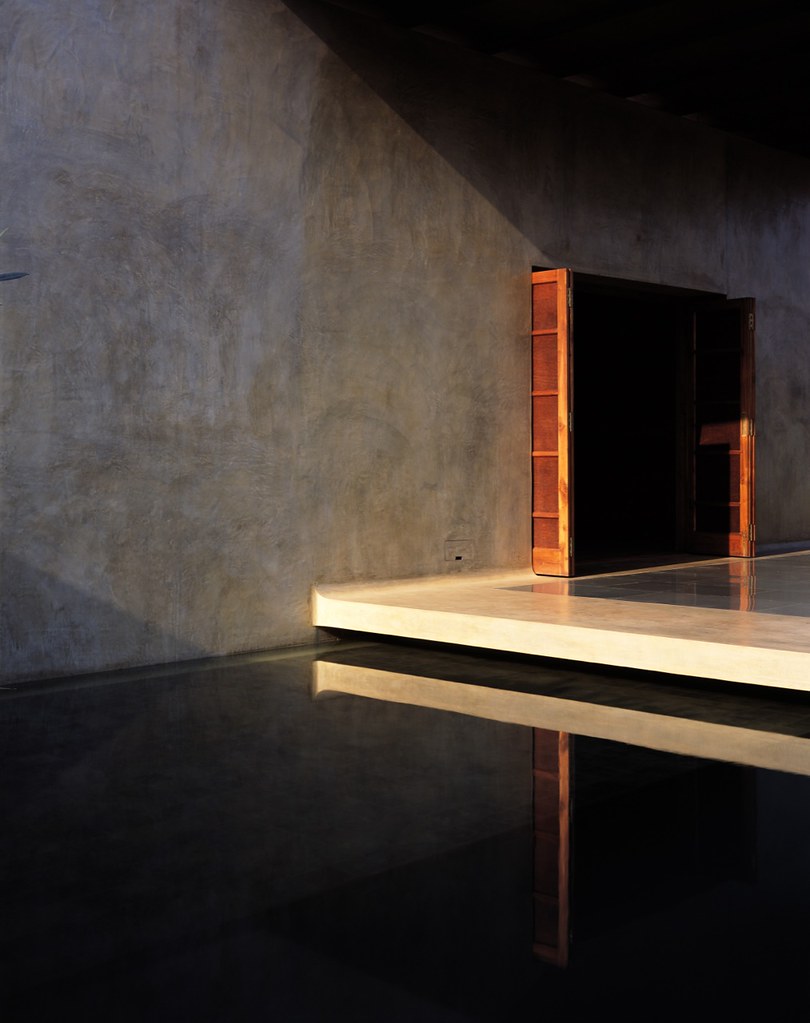
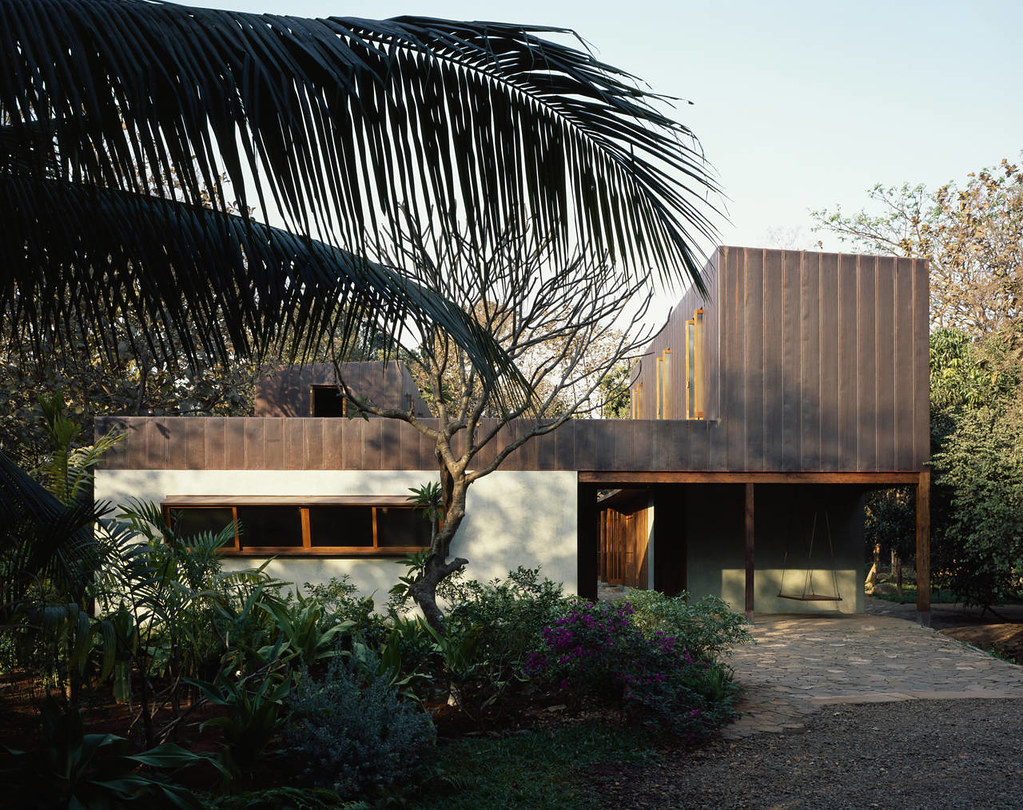

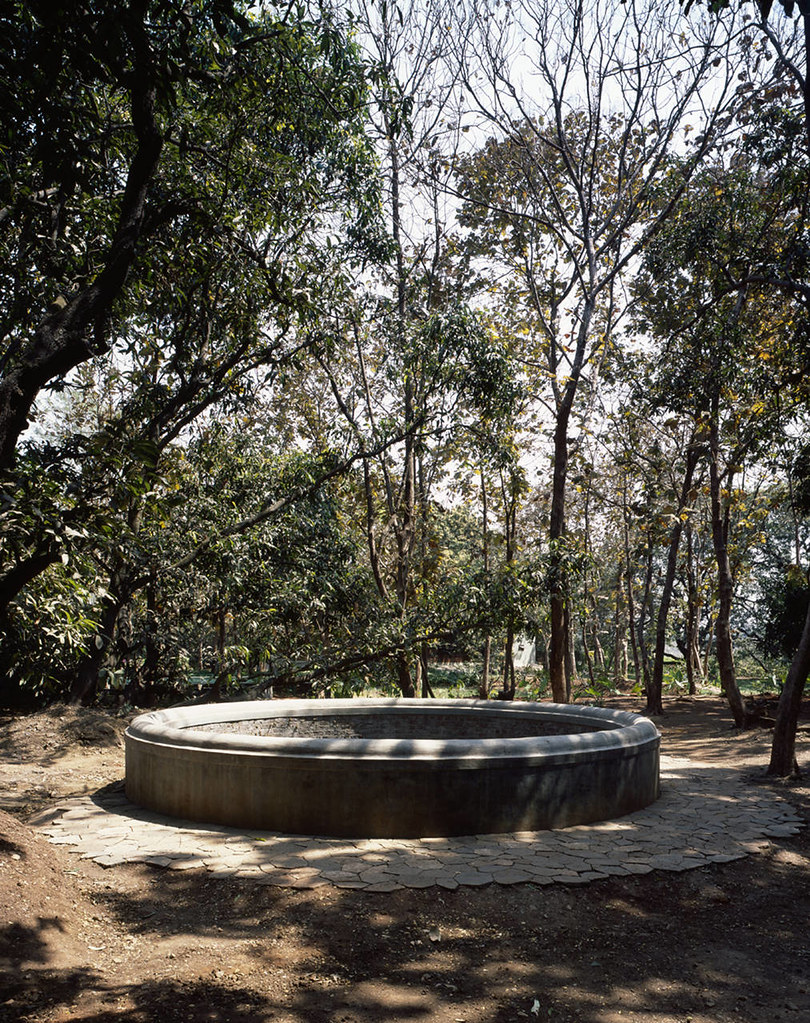
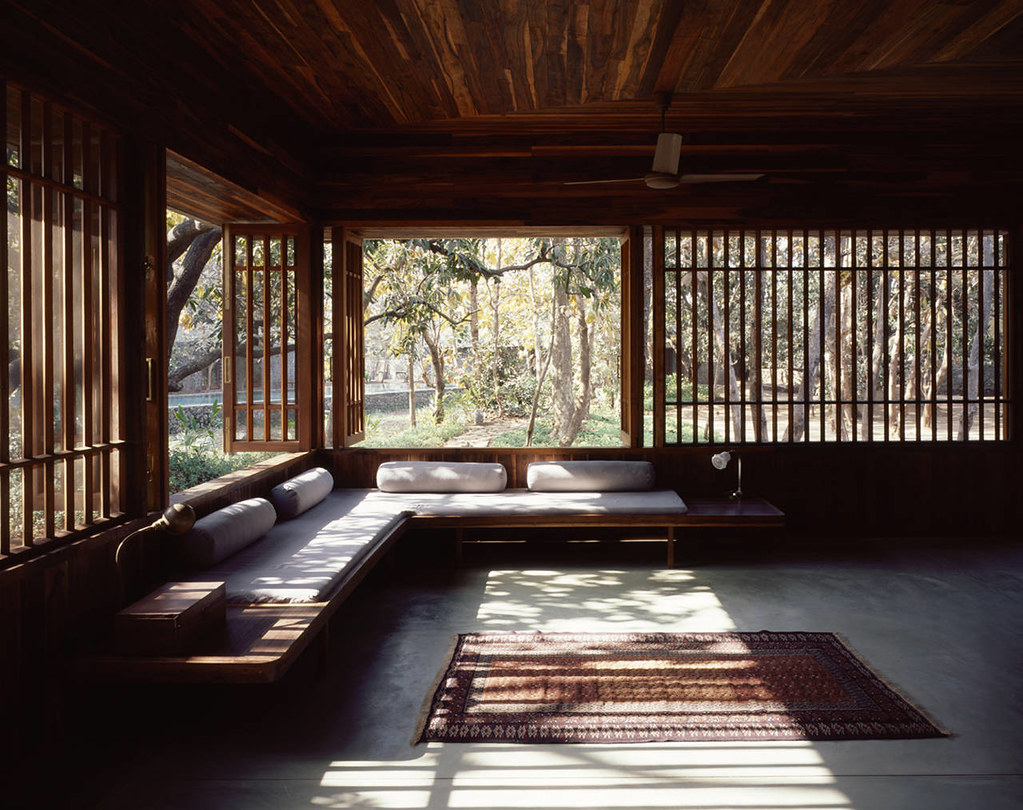
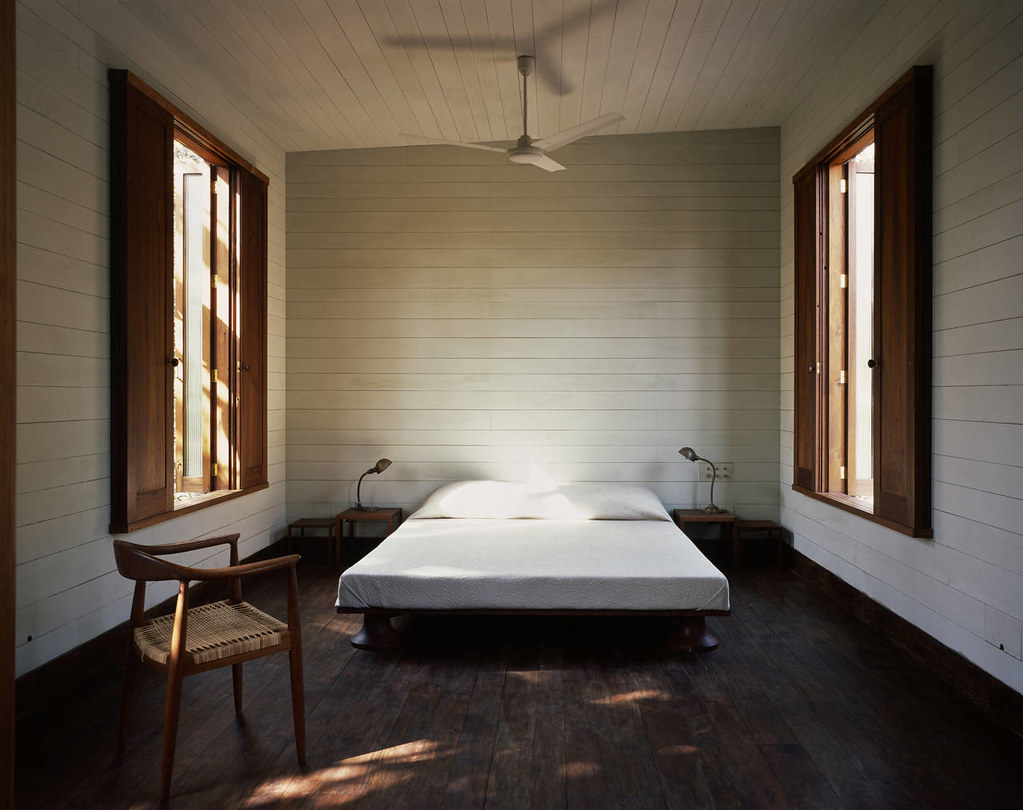
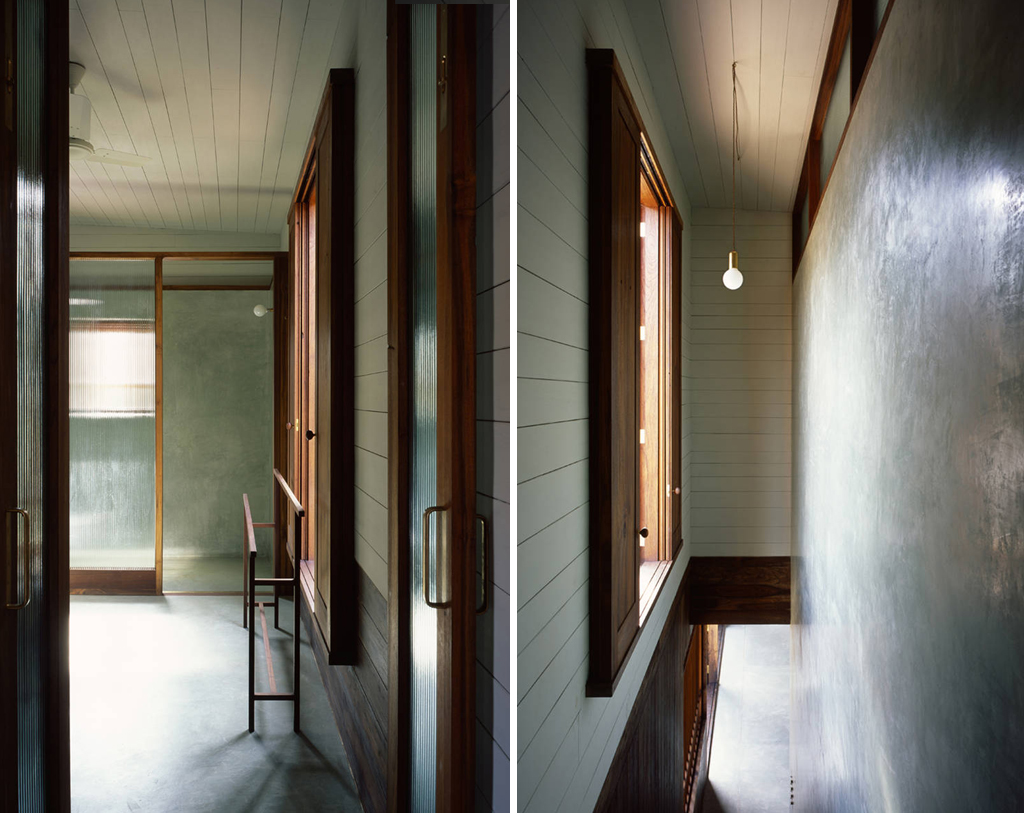
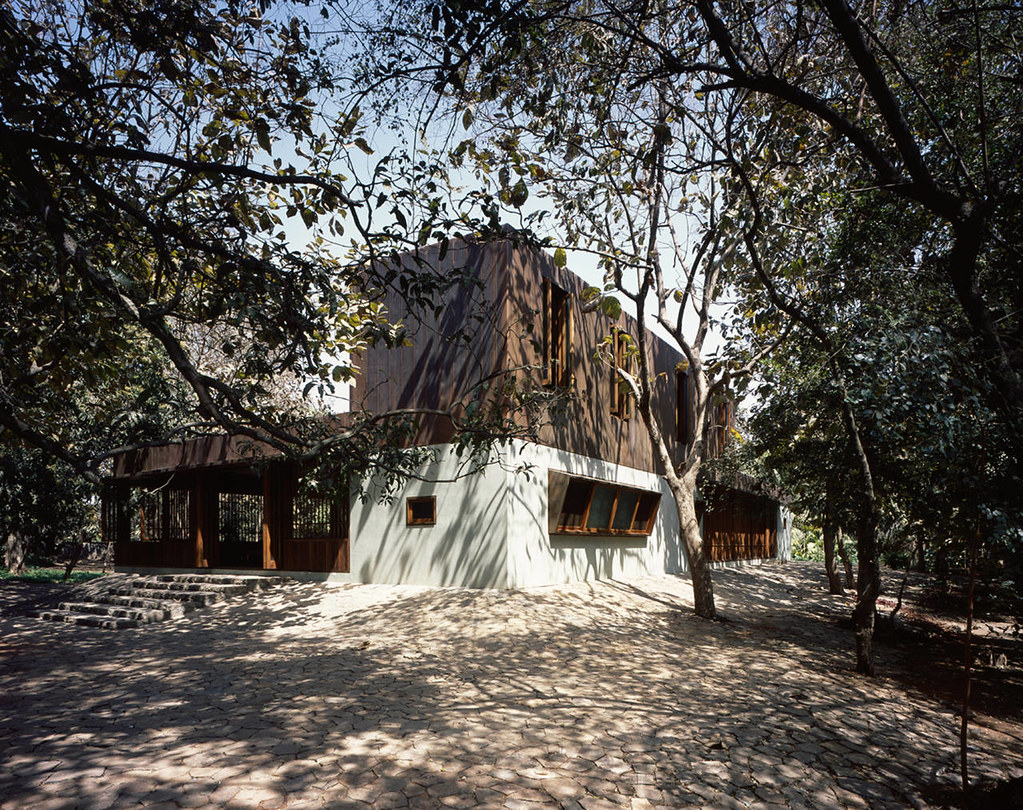
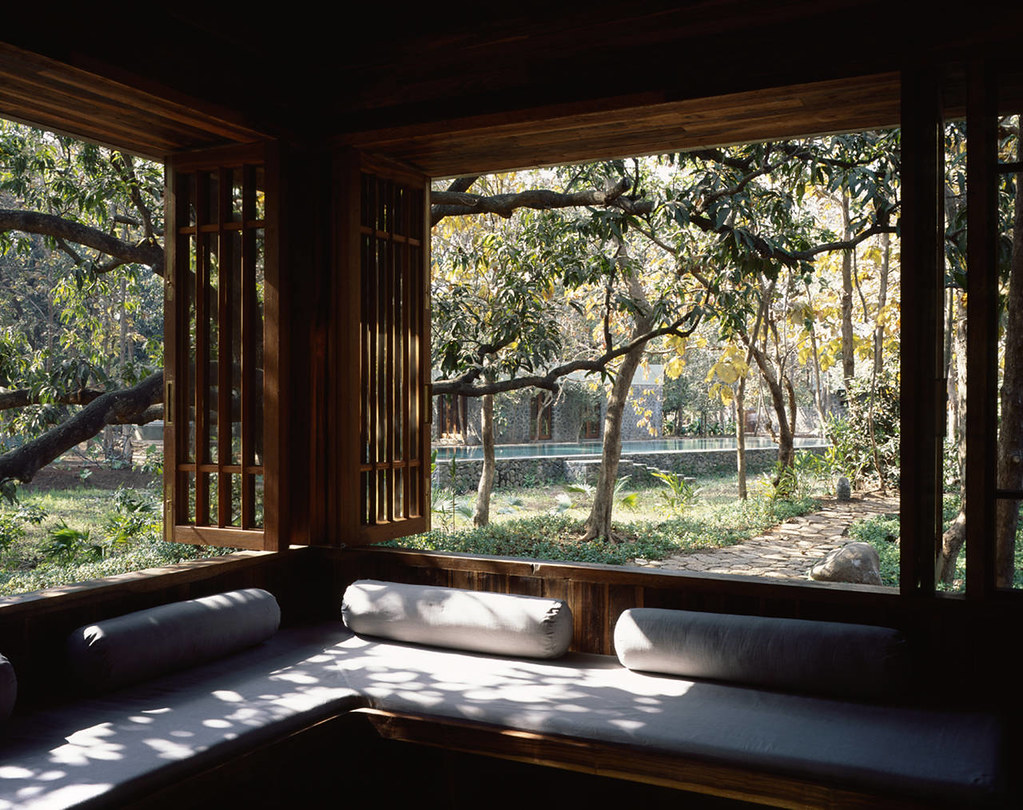
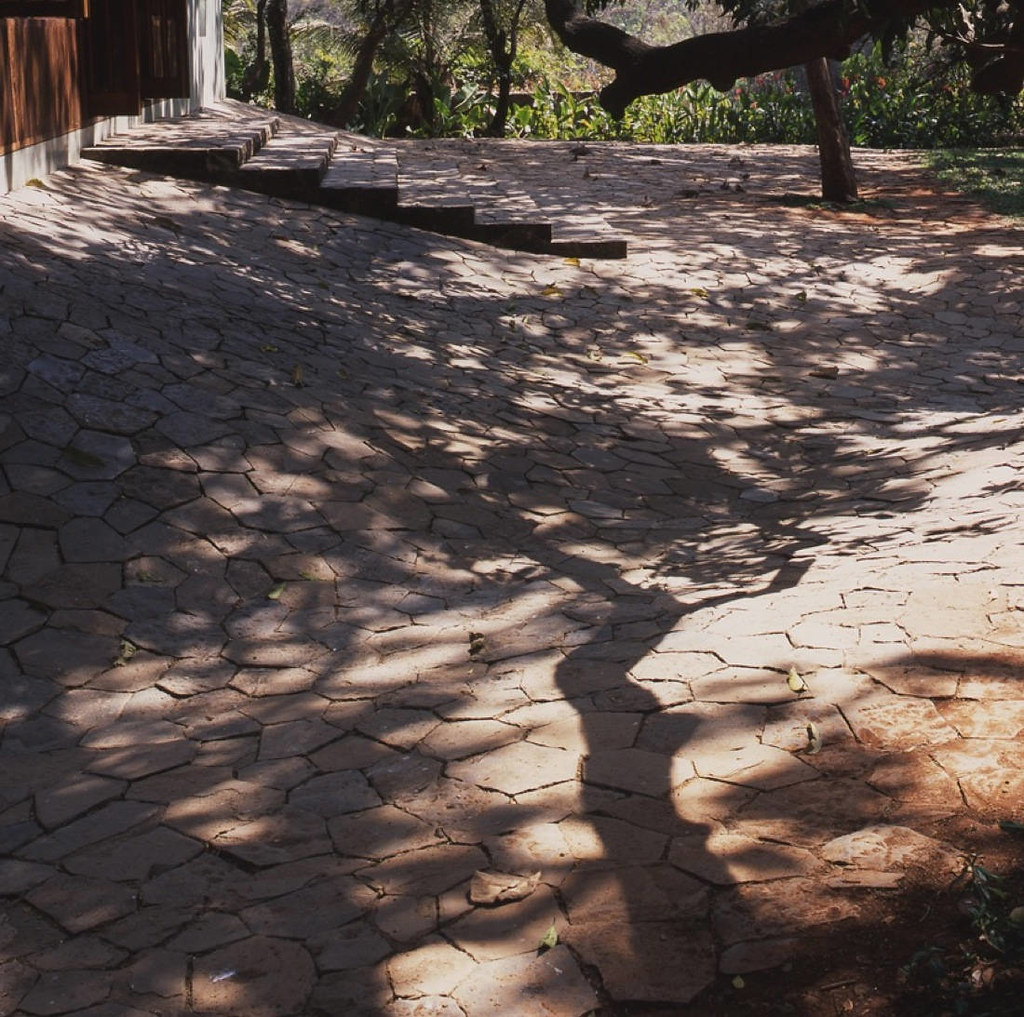
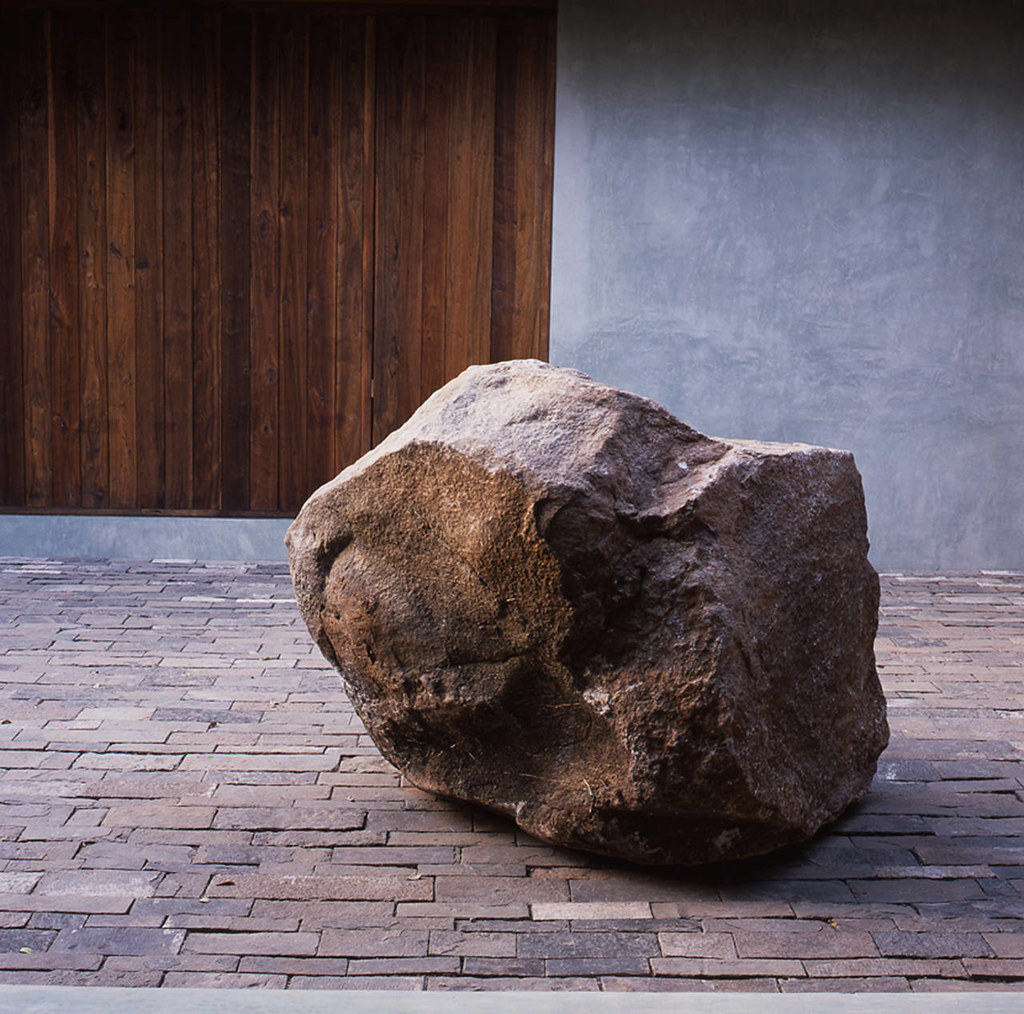
Founded by Bijoy Jain, Studio Mumbai is a human infrastructure of skilled craftsmen and architects who design and build the work directly... projects are developed through careful consideration of place and a practice that draws from traditional skills, local building techniques, materials, and an ingenuity arising from limited resources. The essence of the work lies in the relationship between land and architecture, it requires coming to terms with the presence of the environment through the succession of seasons.All images from Arch Daily: Palmyra House, Tara House, Belavali House, House on Pali Hill, Leti 360 Resort, Utsav House, Copper II House. See also: interview with Bijoy Jain.